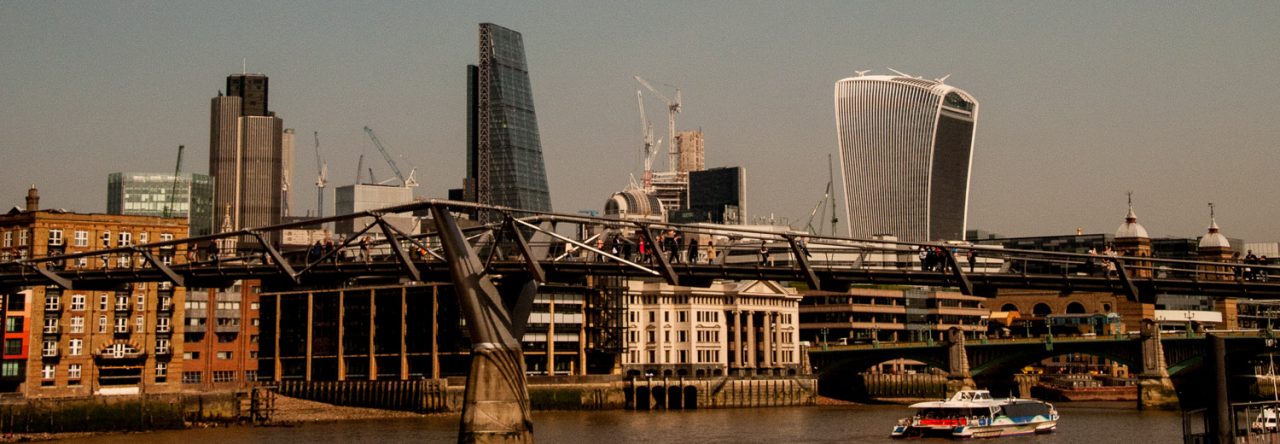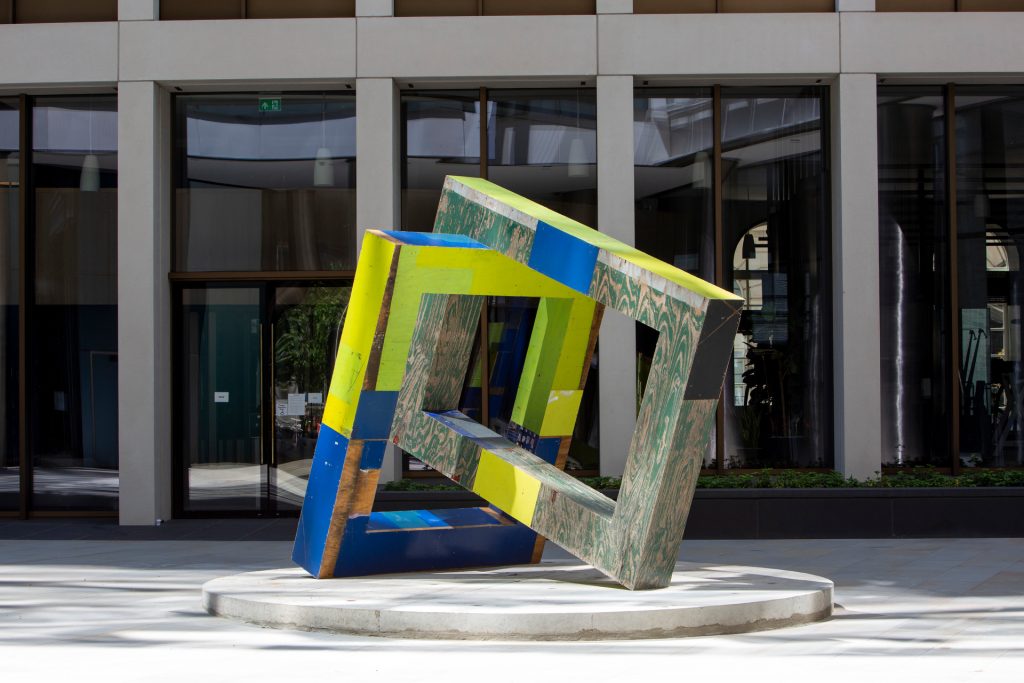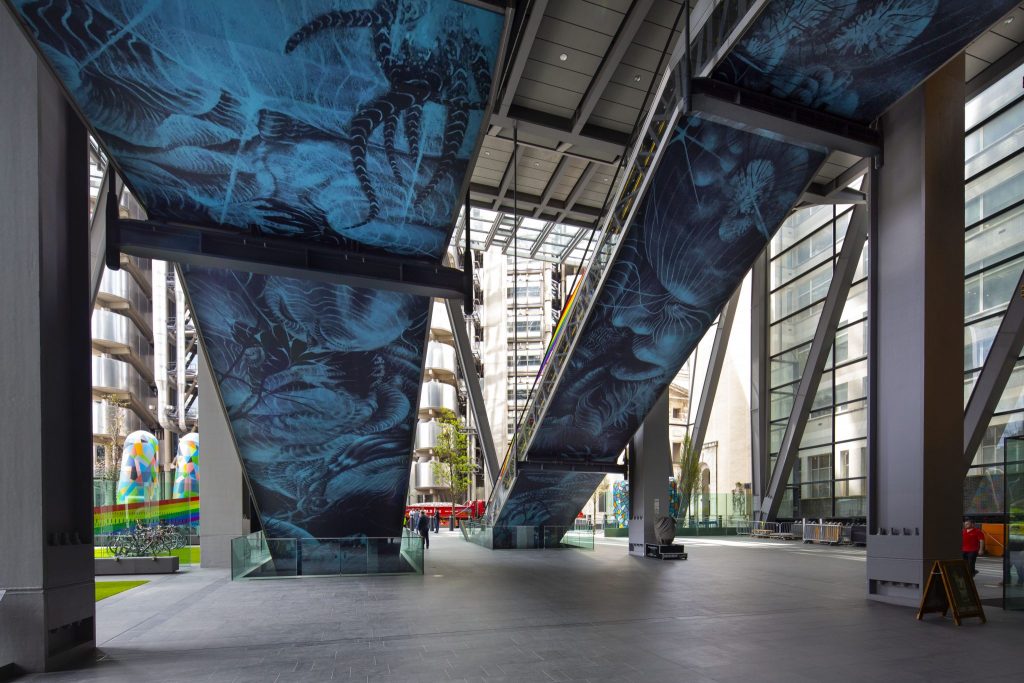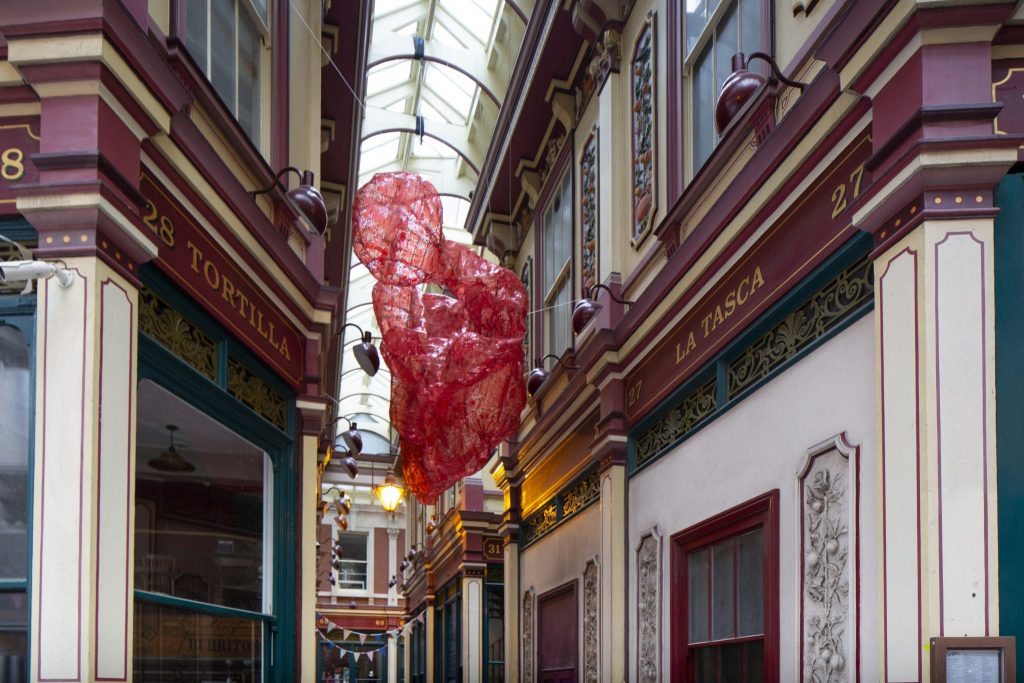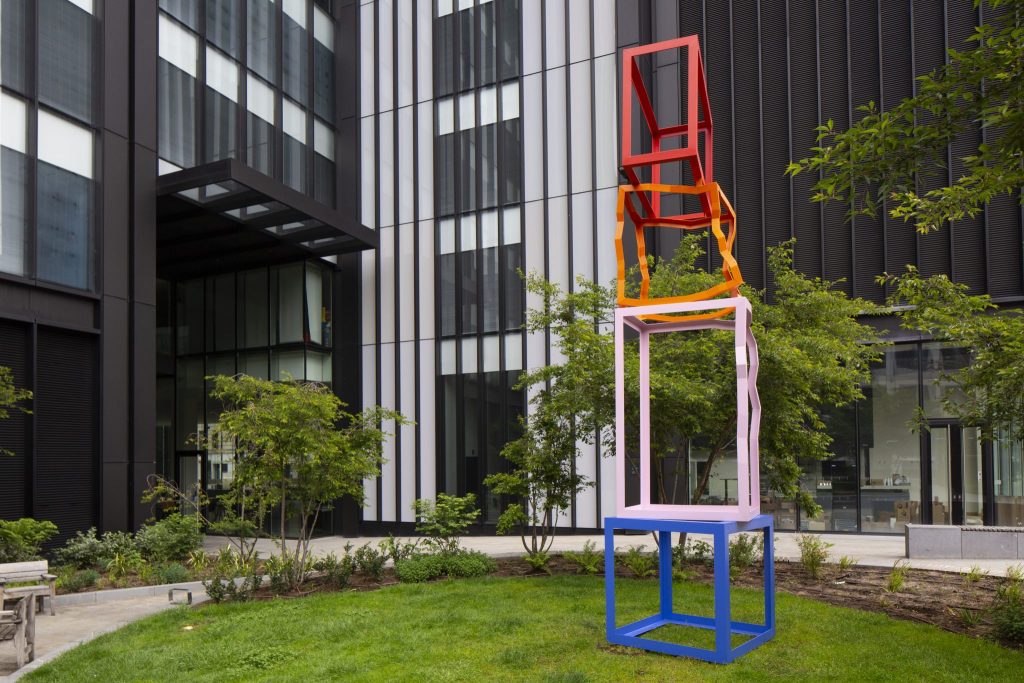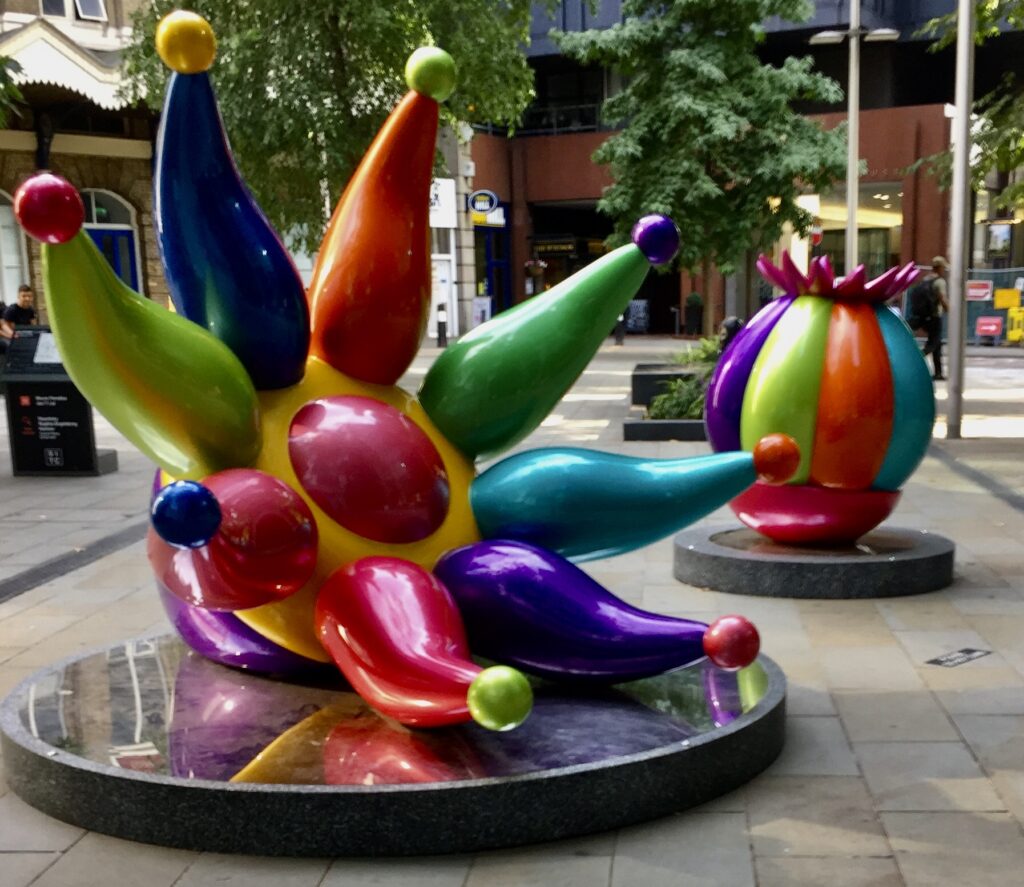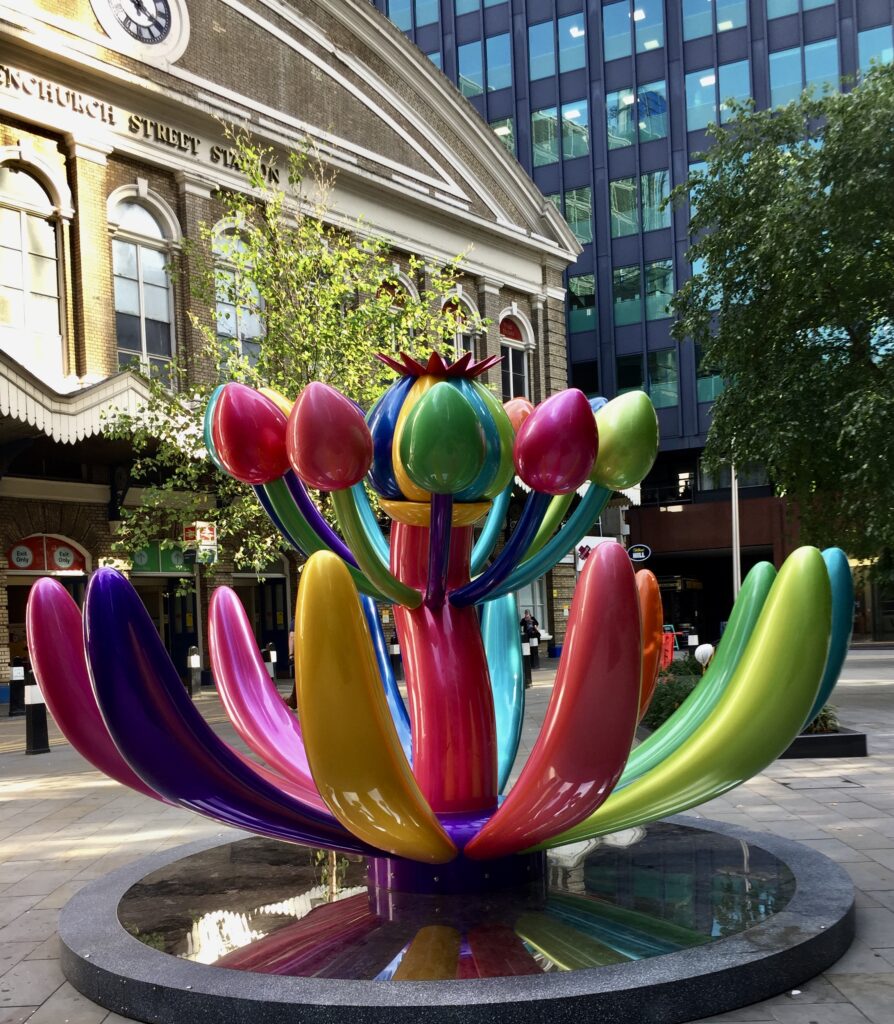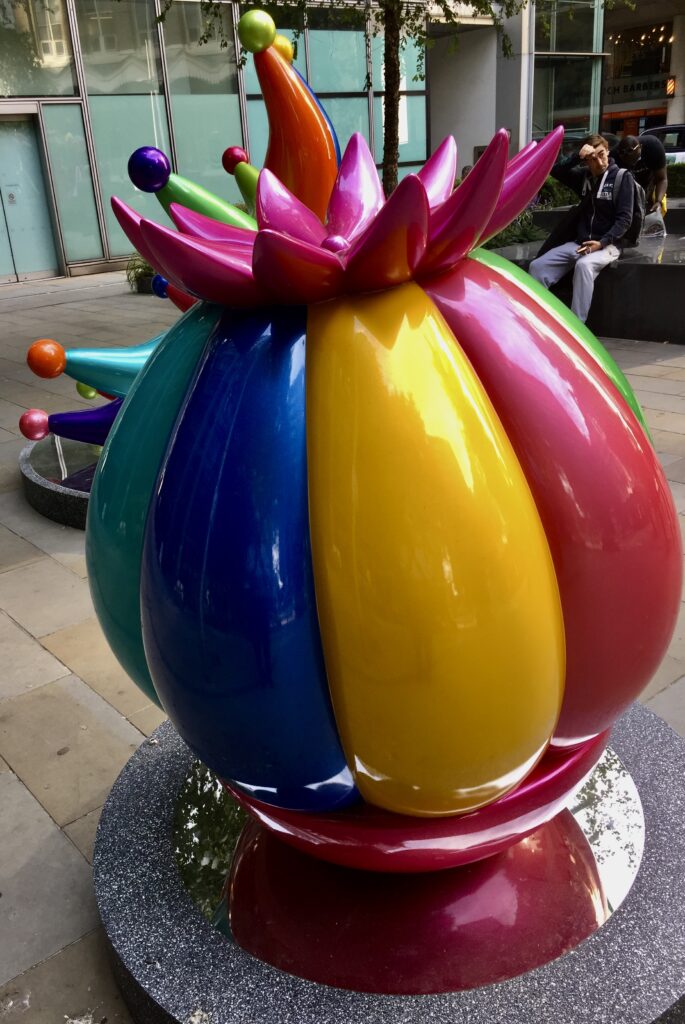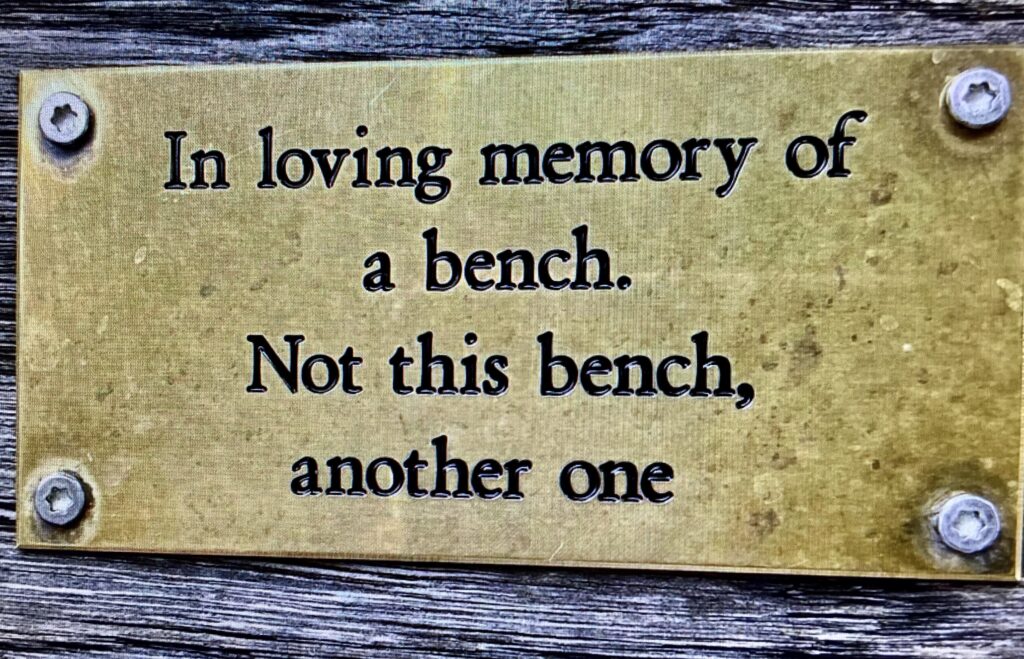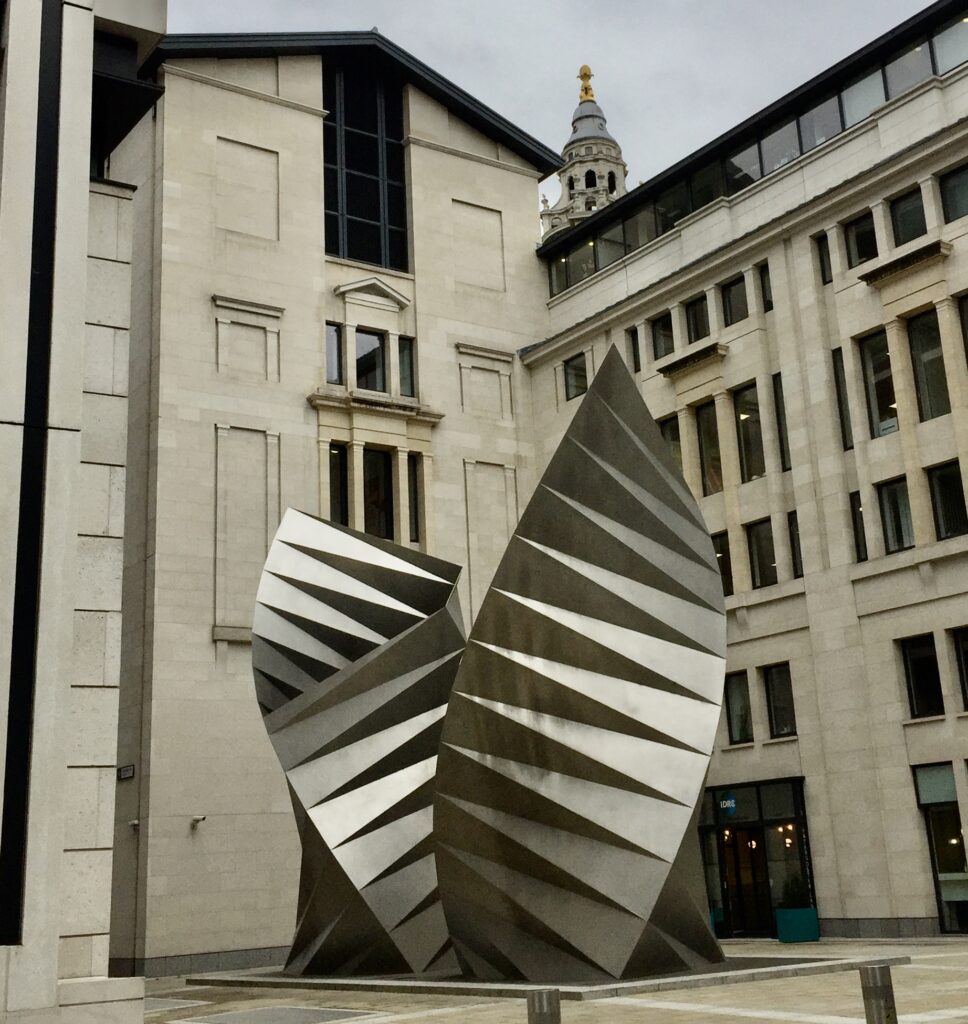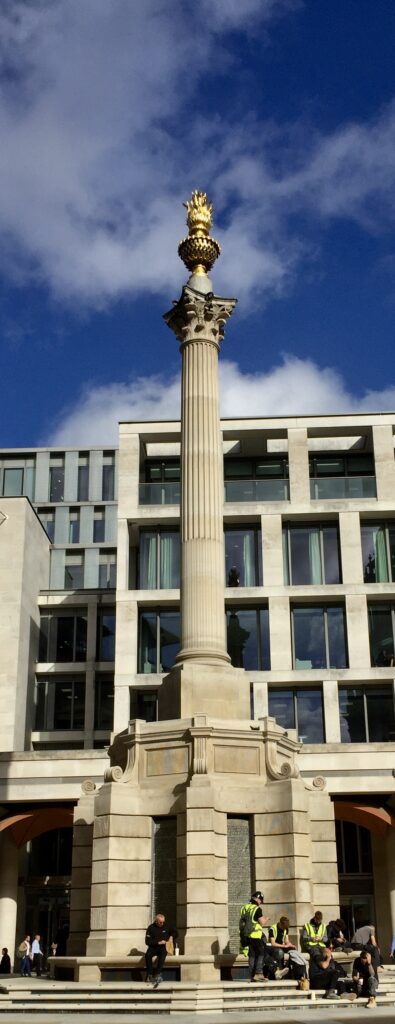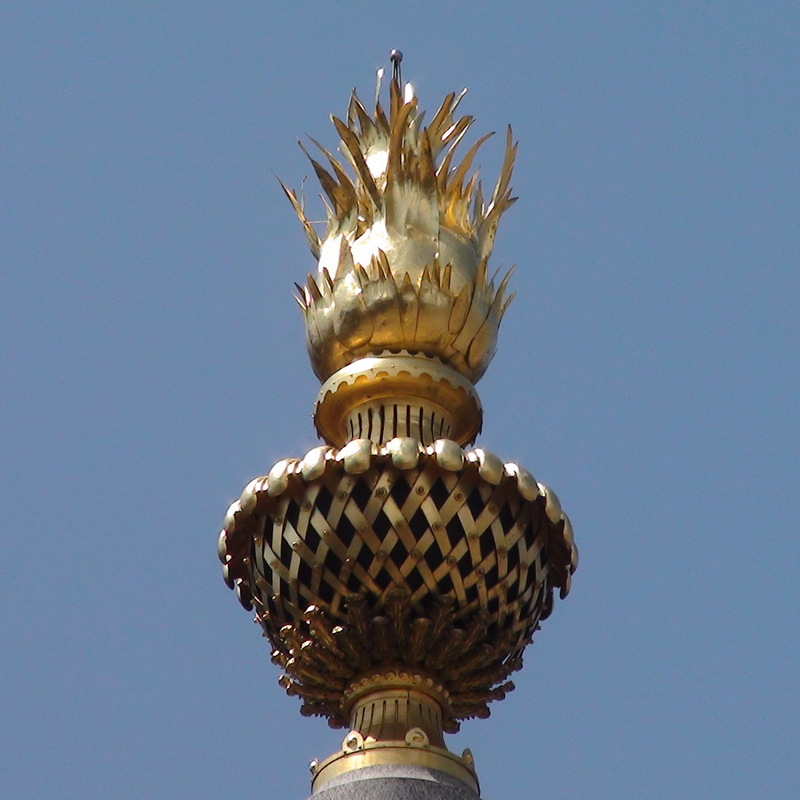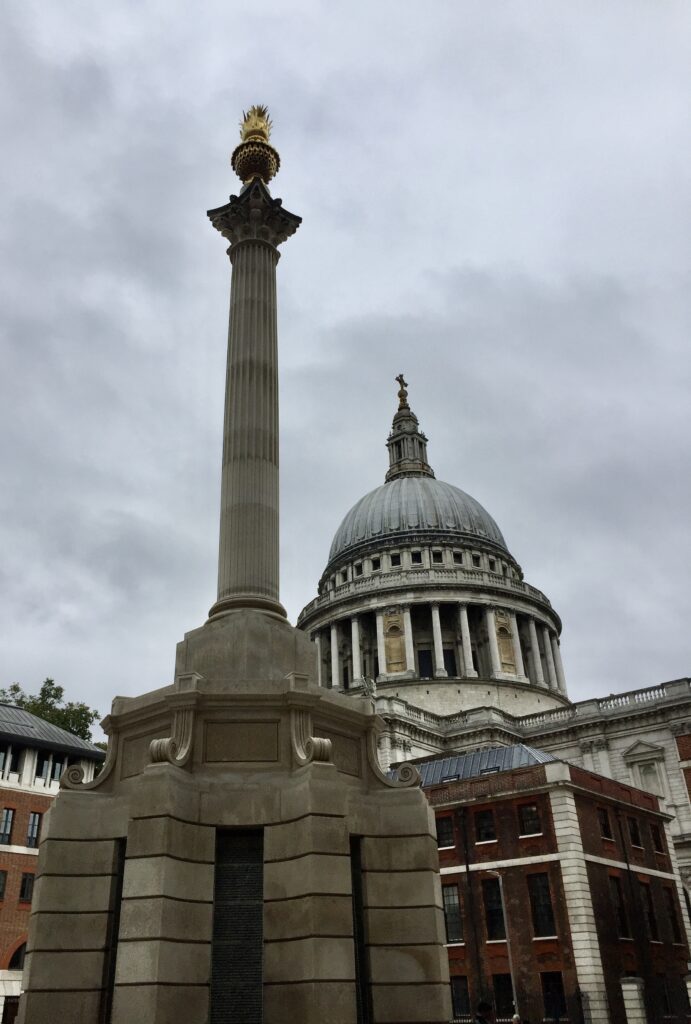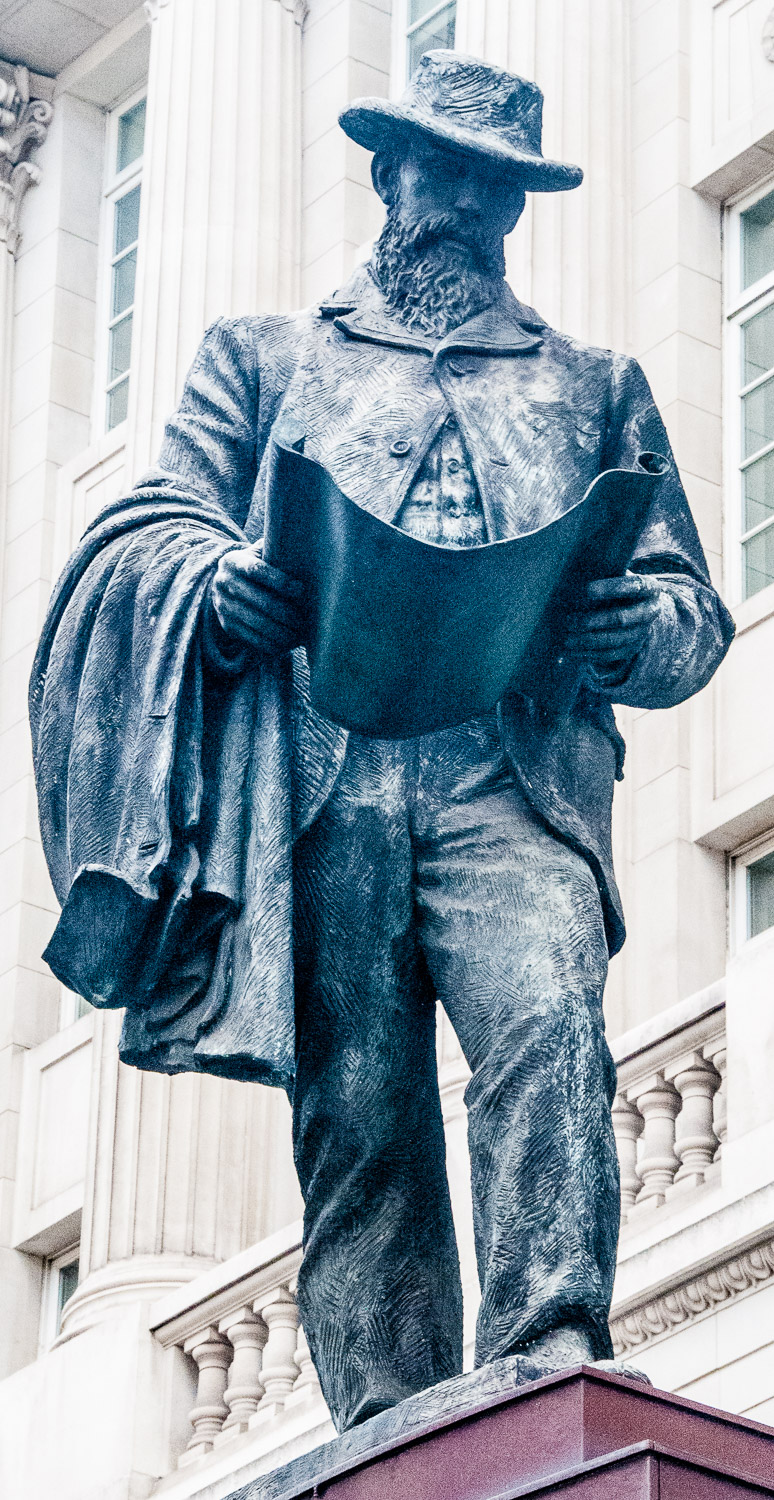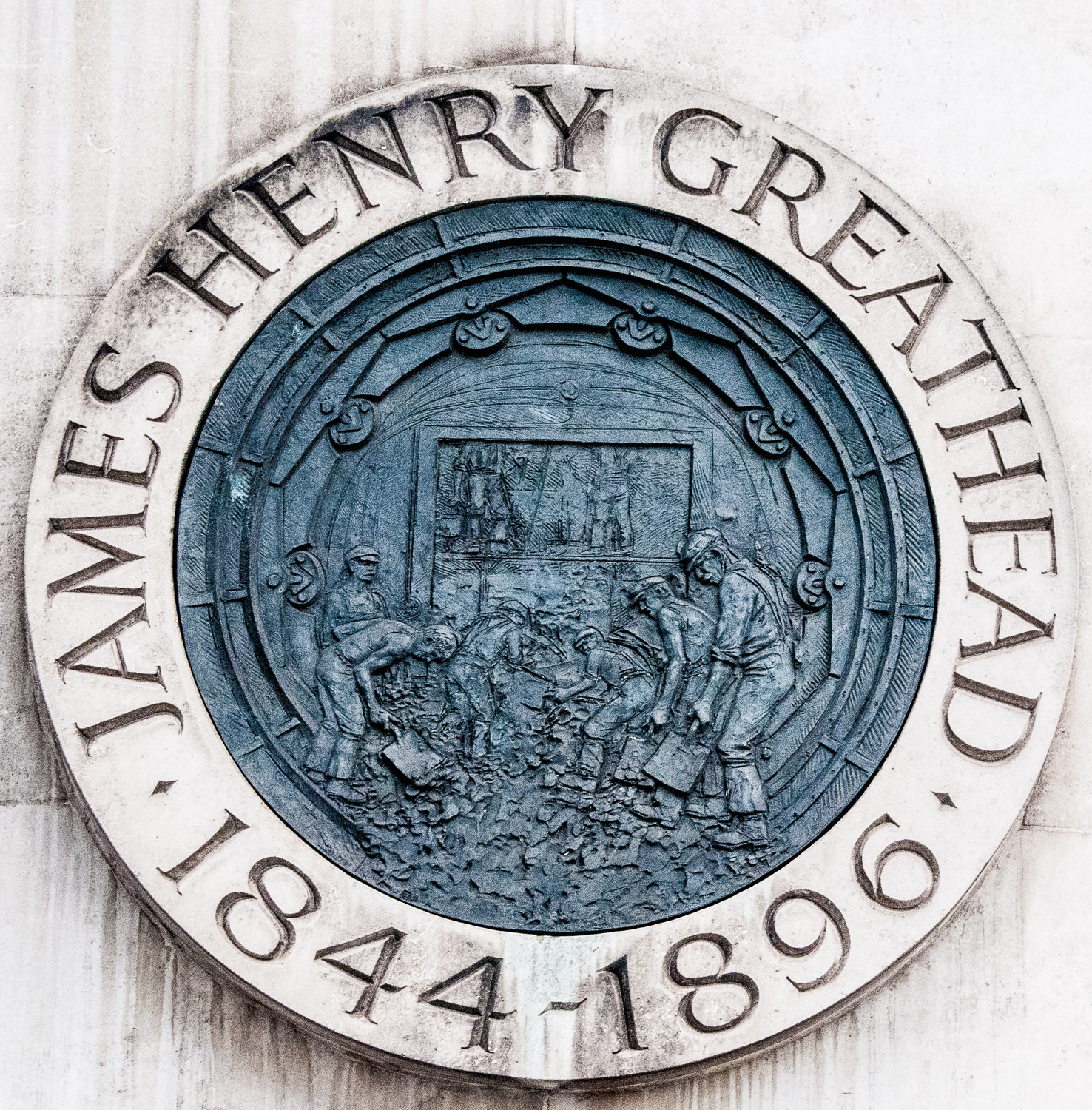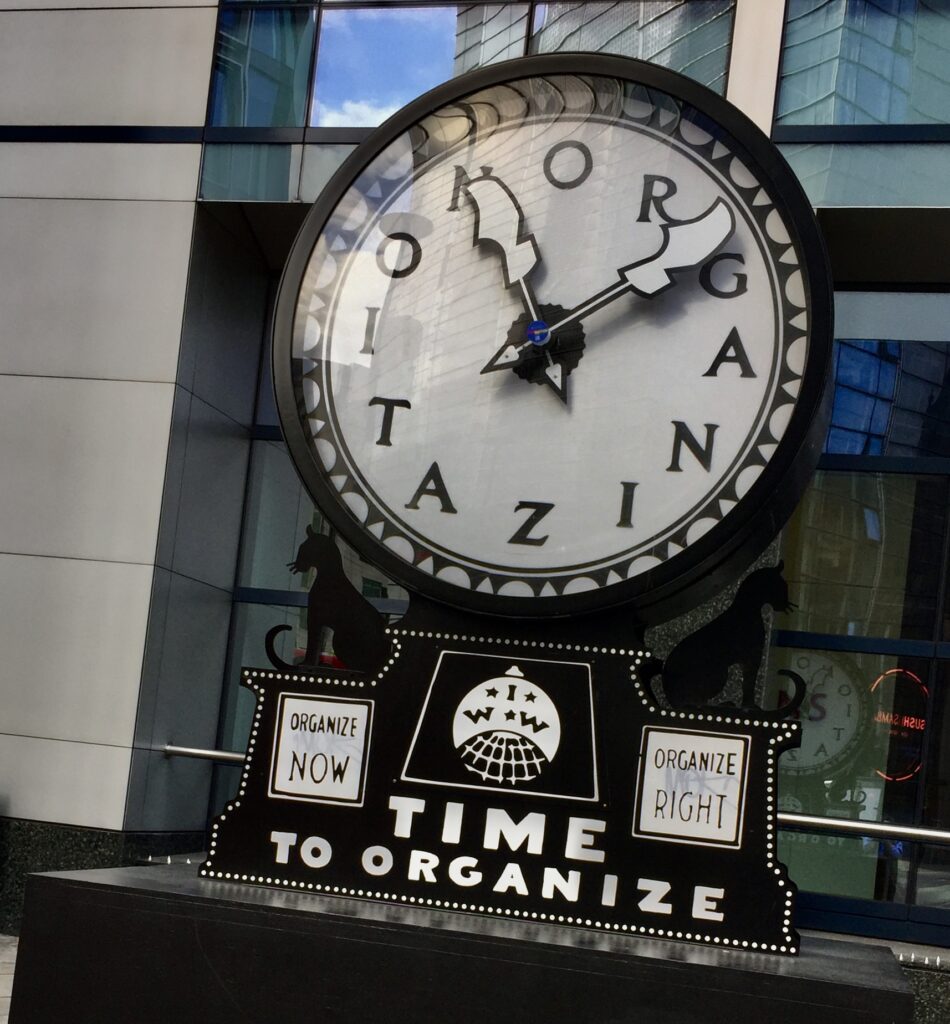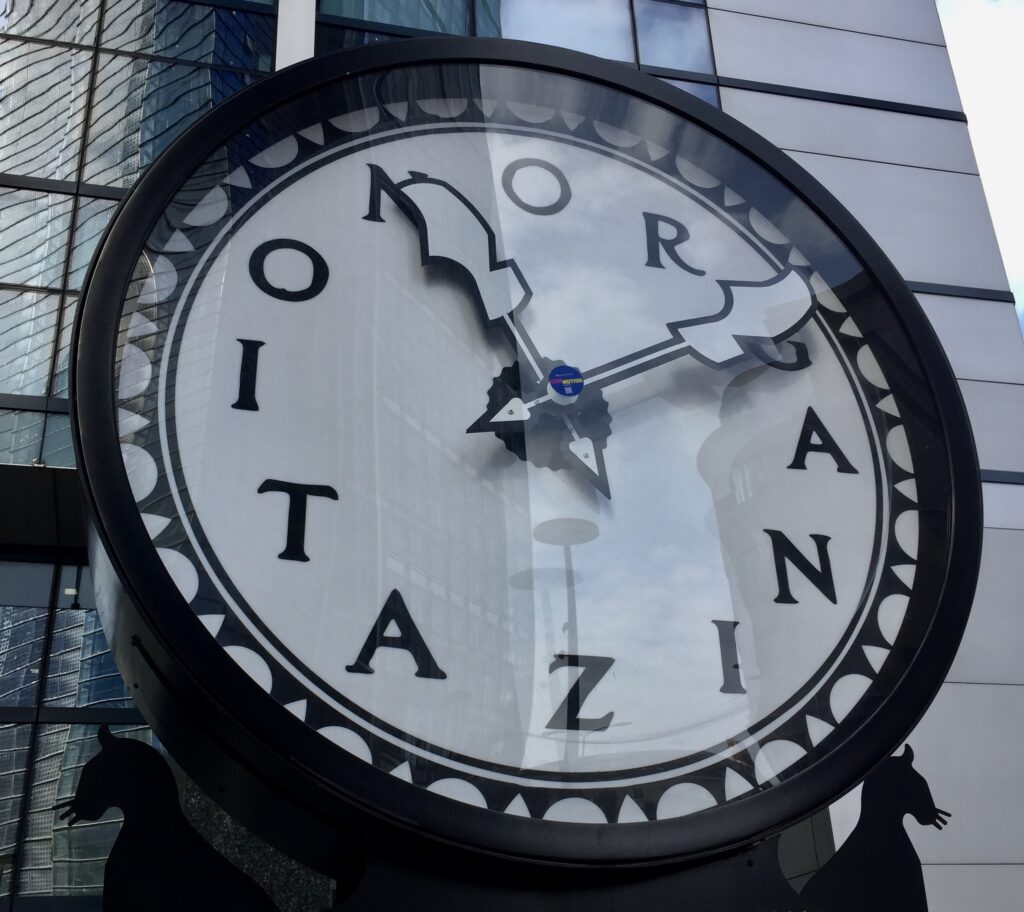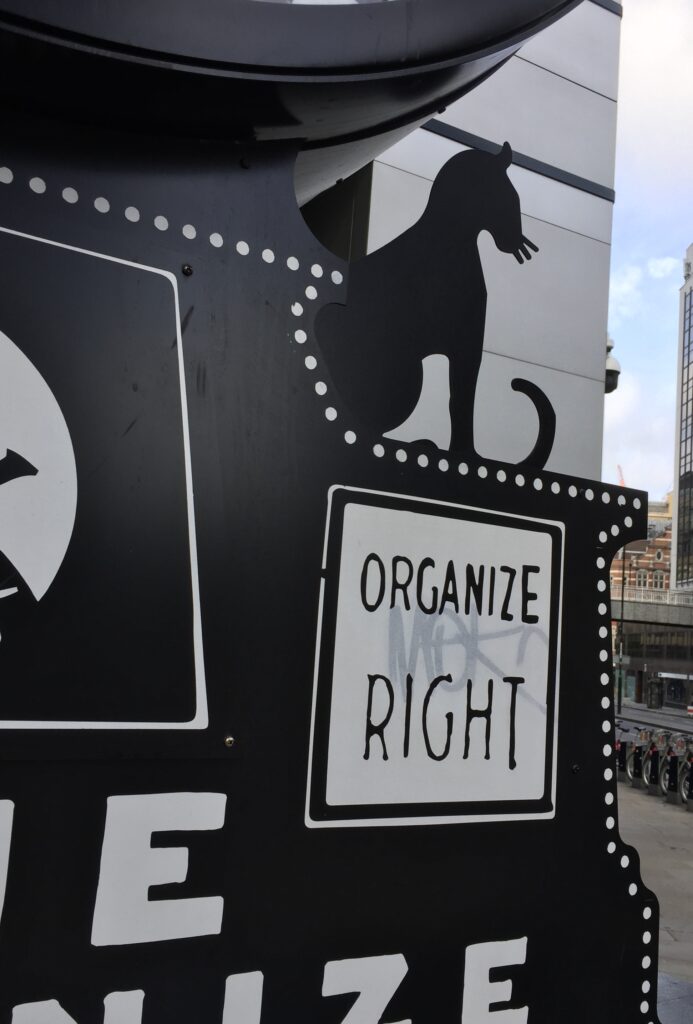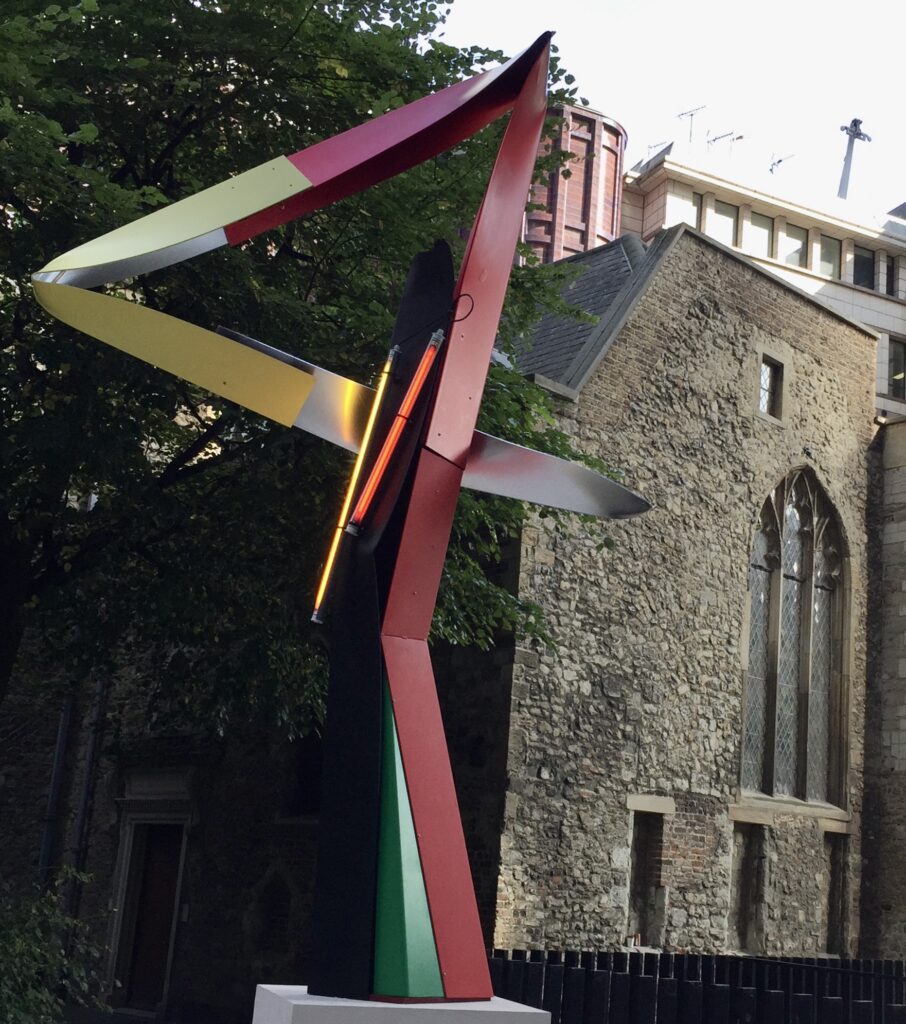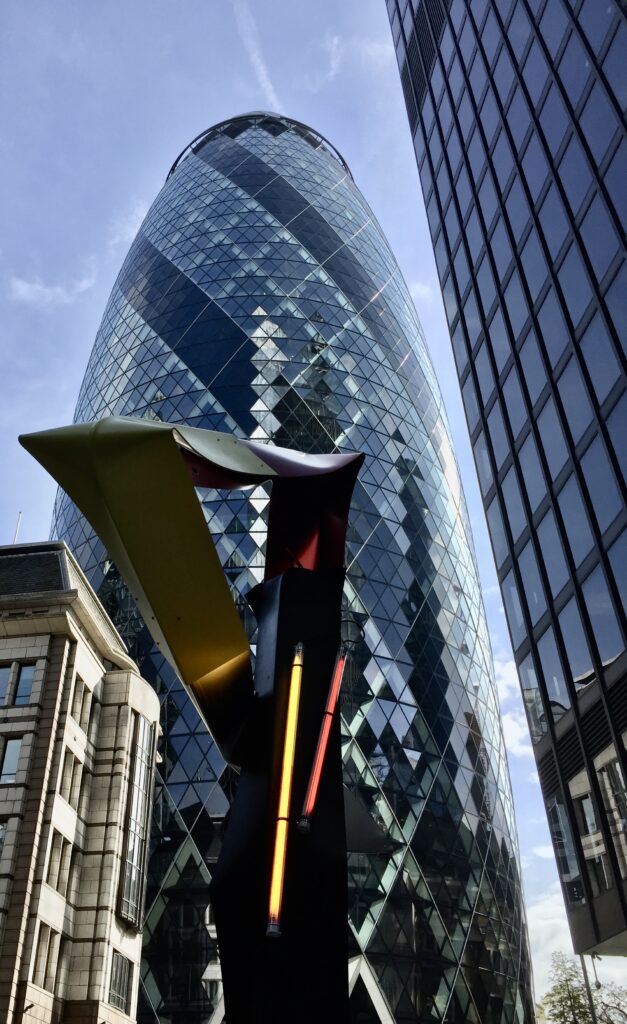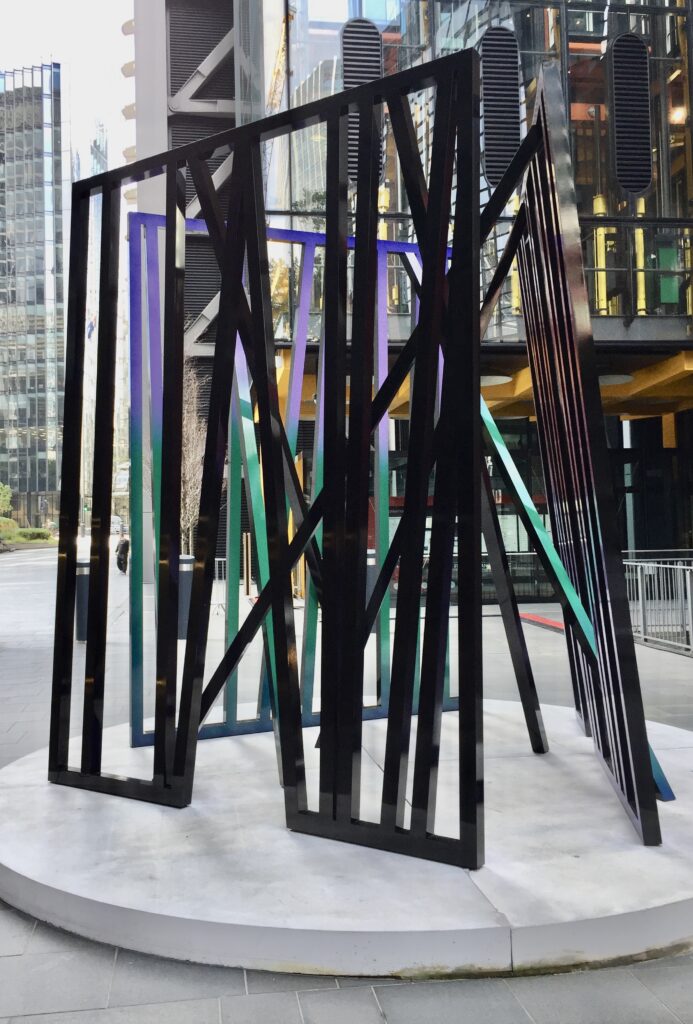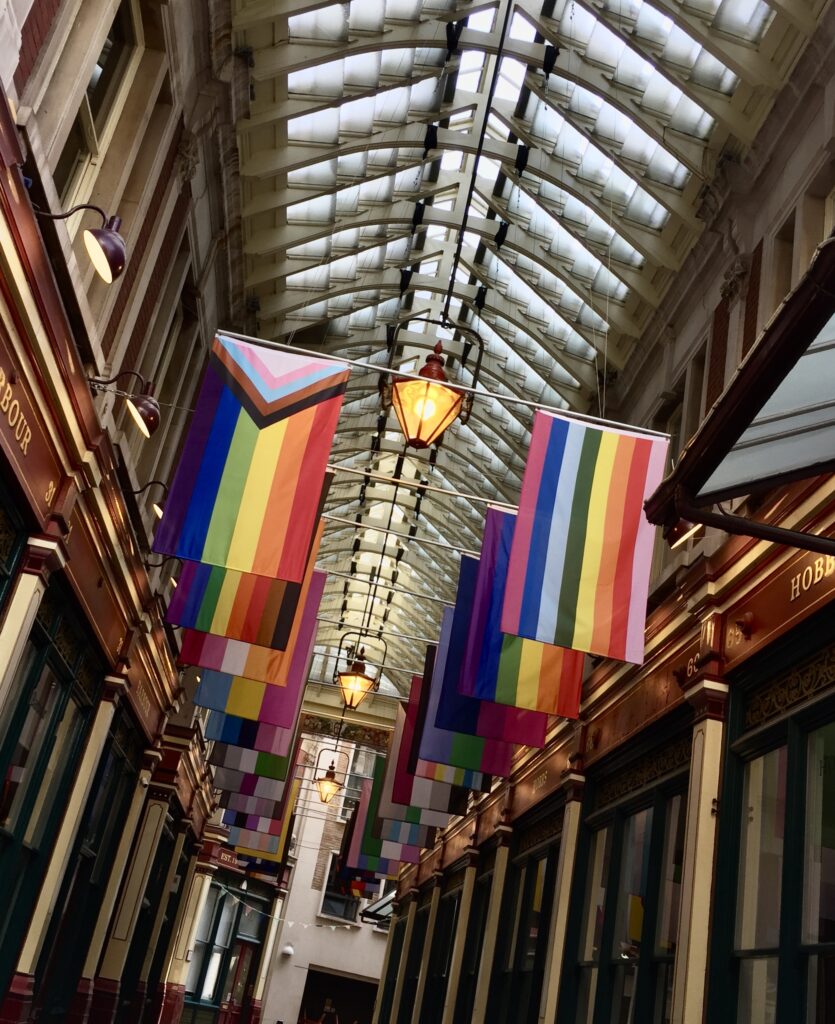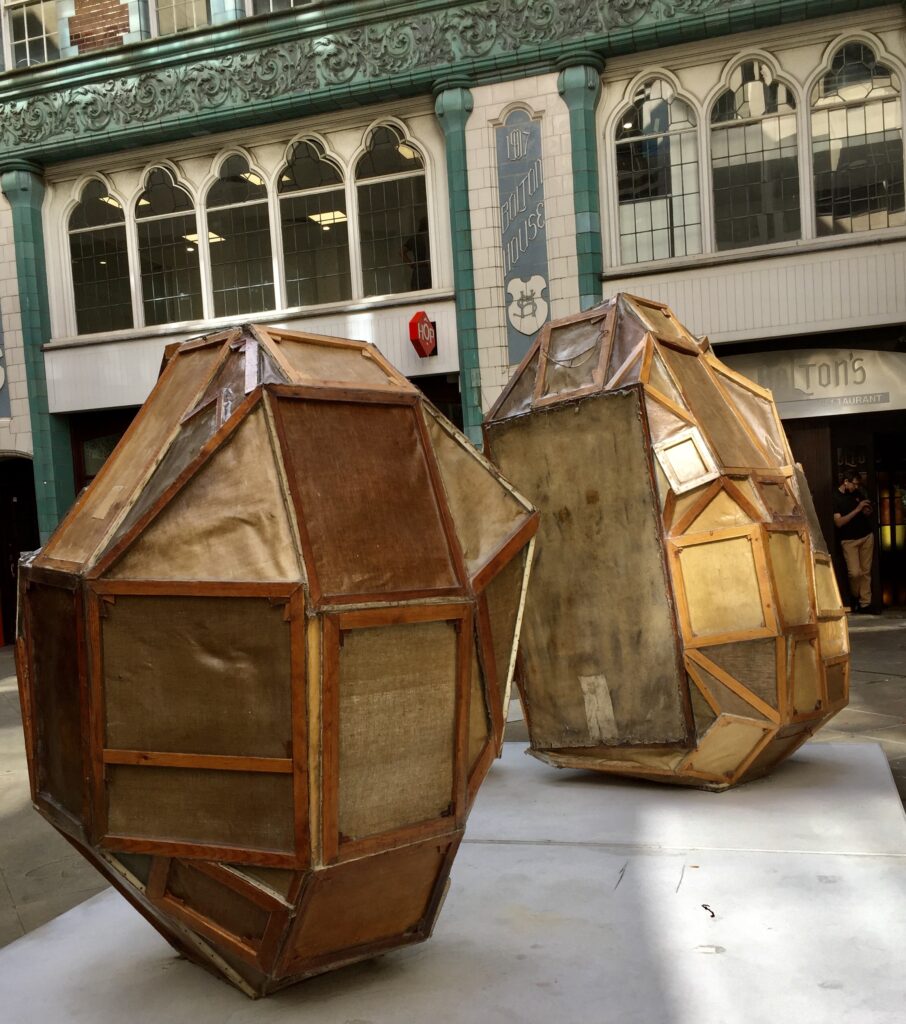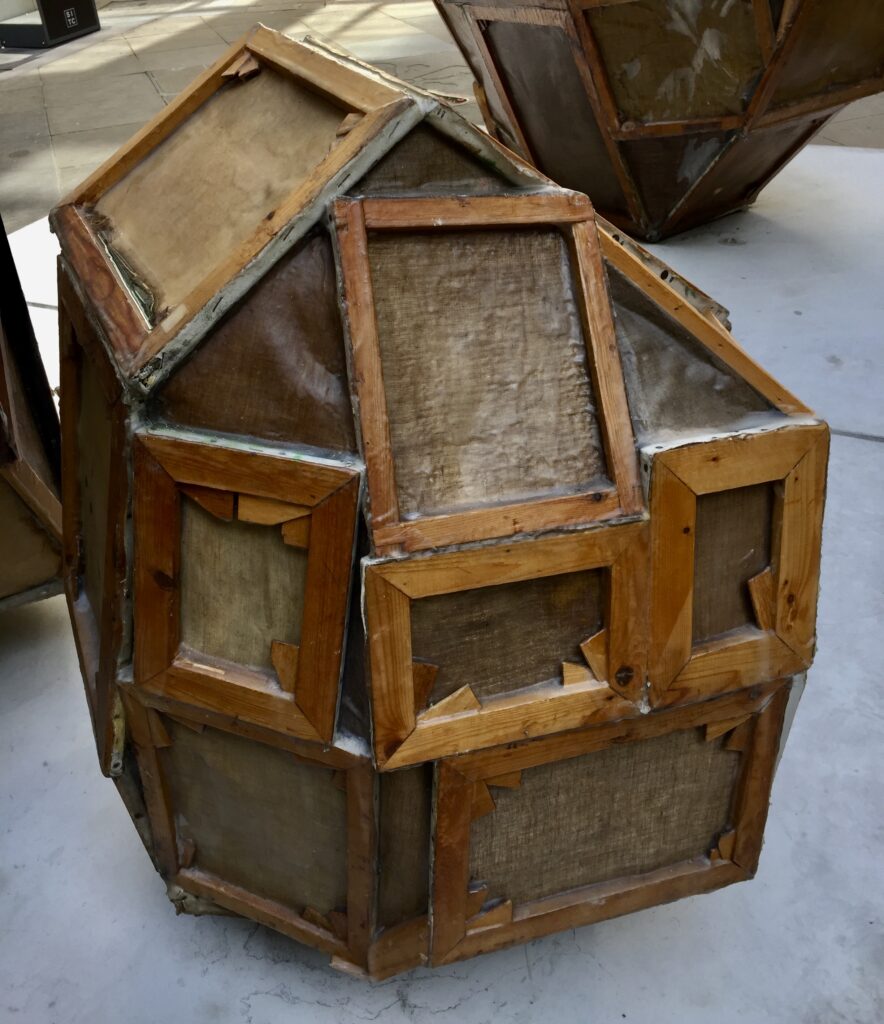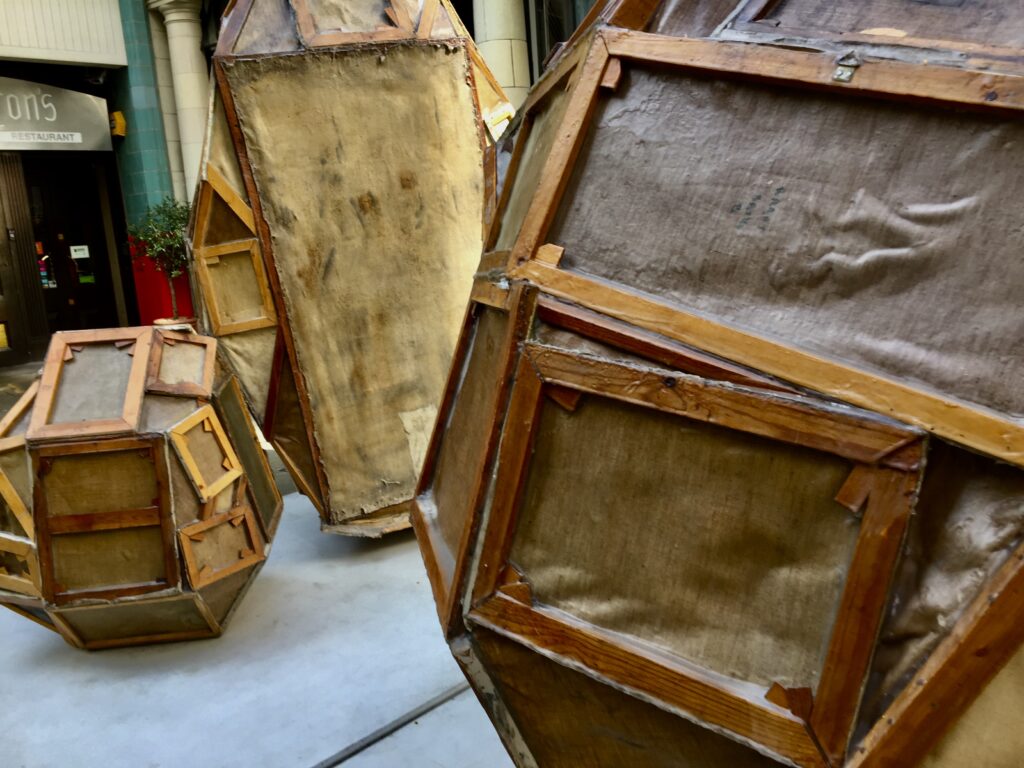Last week I looked back at St Giles in the period immediately after the Second World war. Over the last few days I’ve been looking for much earlier images.
Here it is in 1739 in a picture from the British Museum archive described as: View of the church from the graveyard; one of the churches to escape the Great Fire. 1739. Etching and engraving …
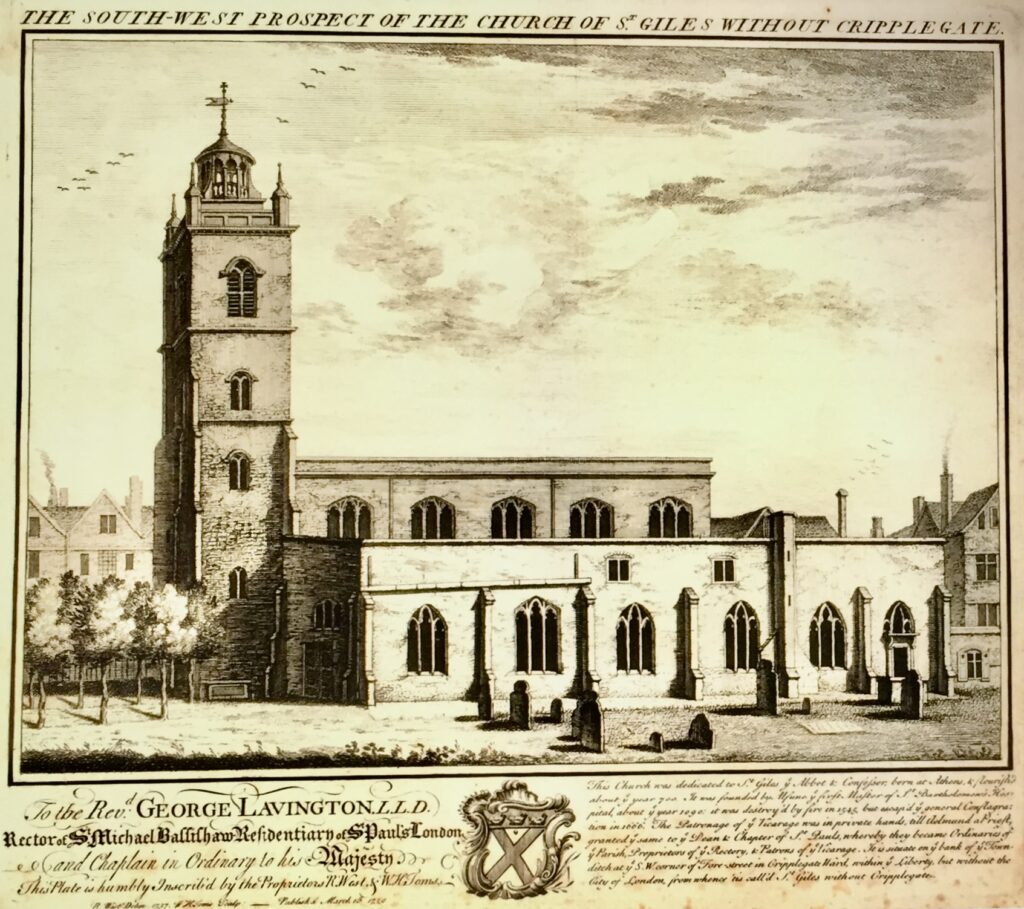
Now forward to 1815 in a painting by George Shepherd …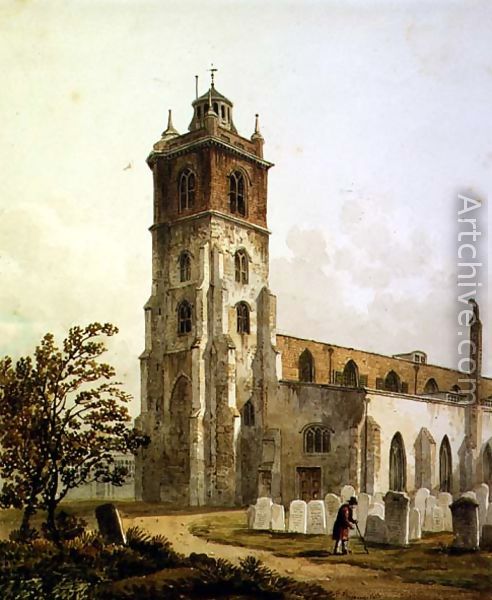
And another entitled St.Giles Cripplegate, Fore Street engraved by J.Henshall after a picture Shepherd (published in London in the Nineteenth Century, 1831) …
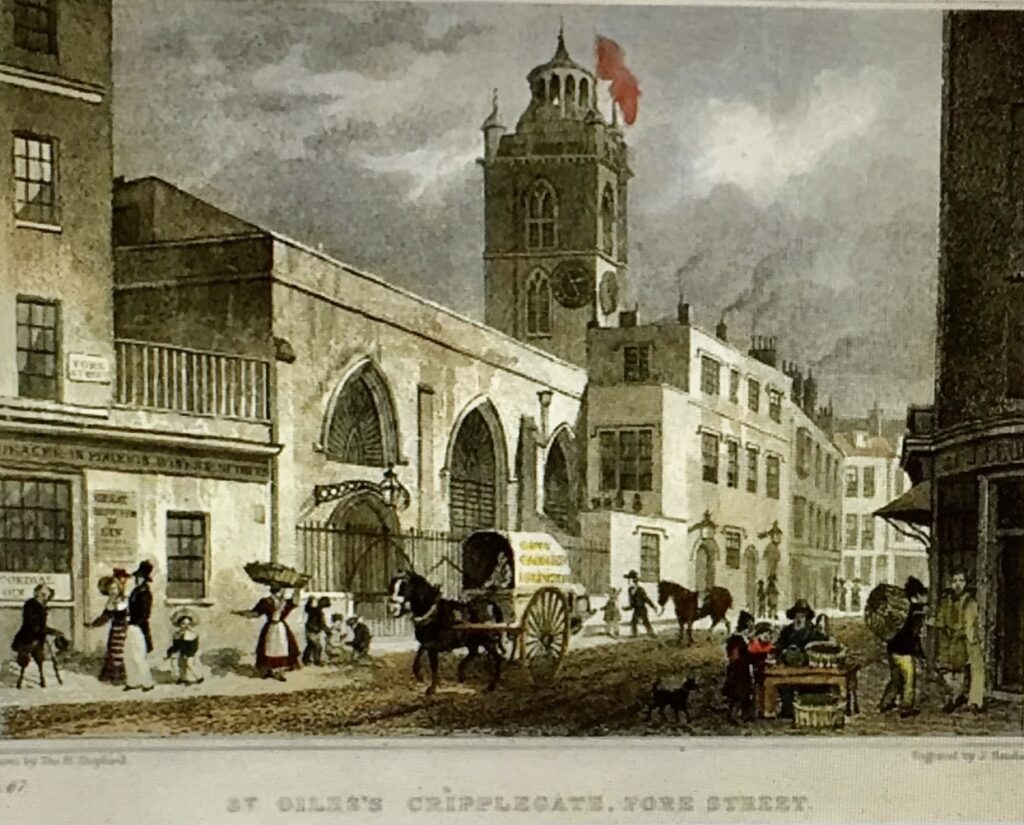
The church now (on a wet and windy day!) …
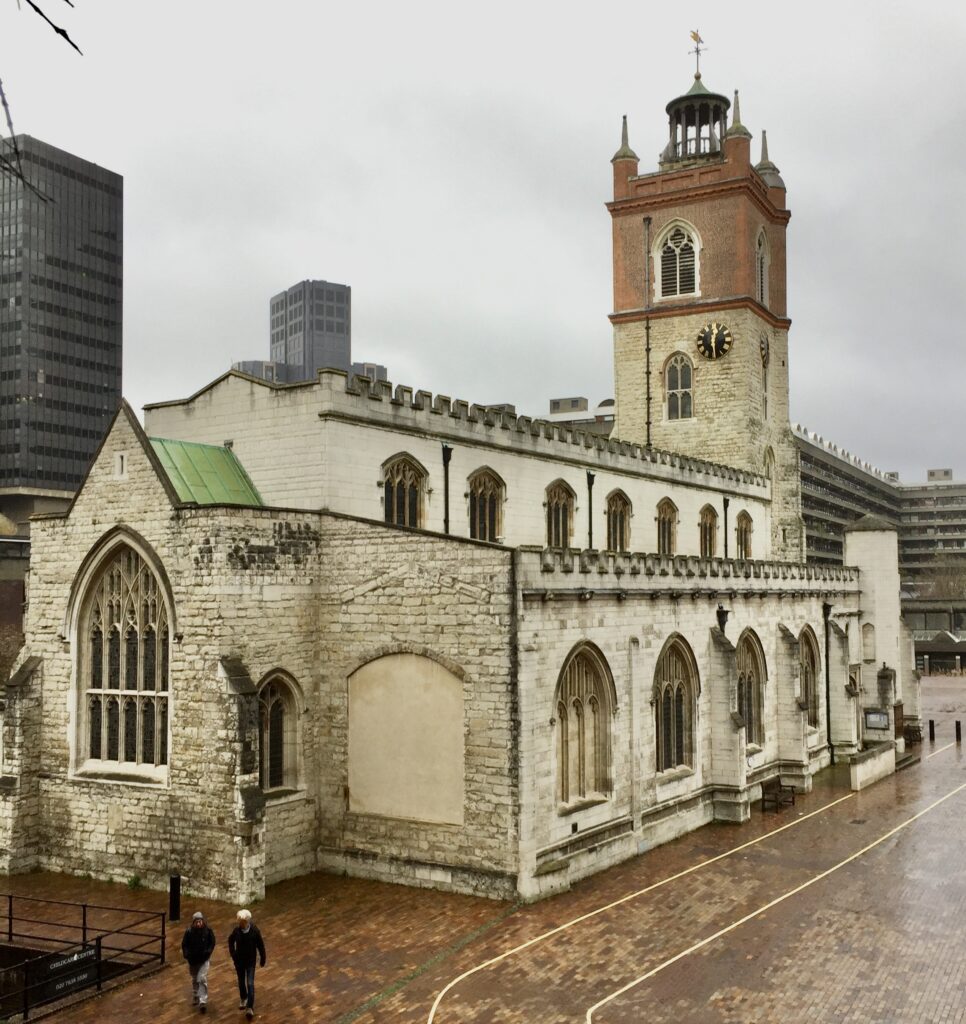
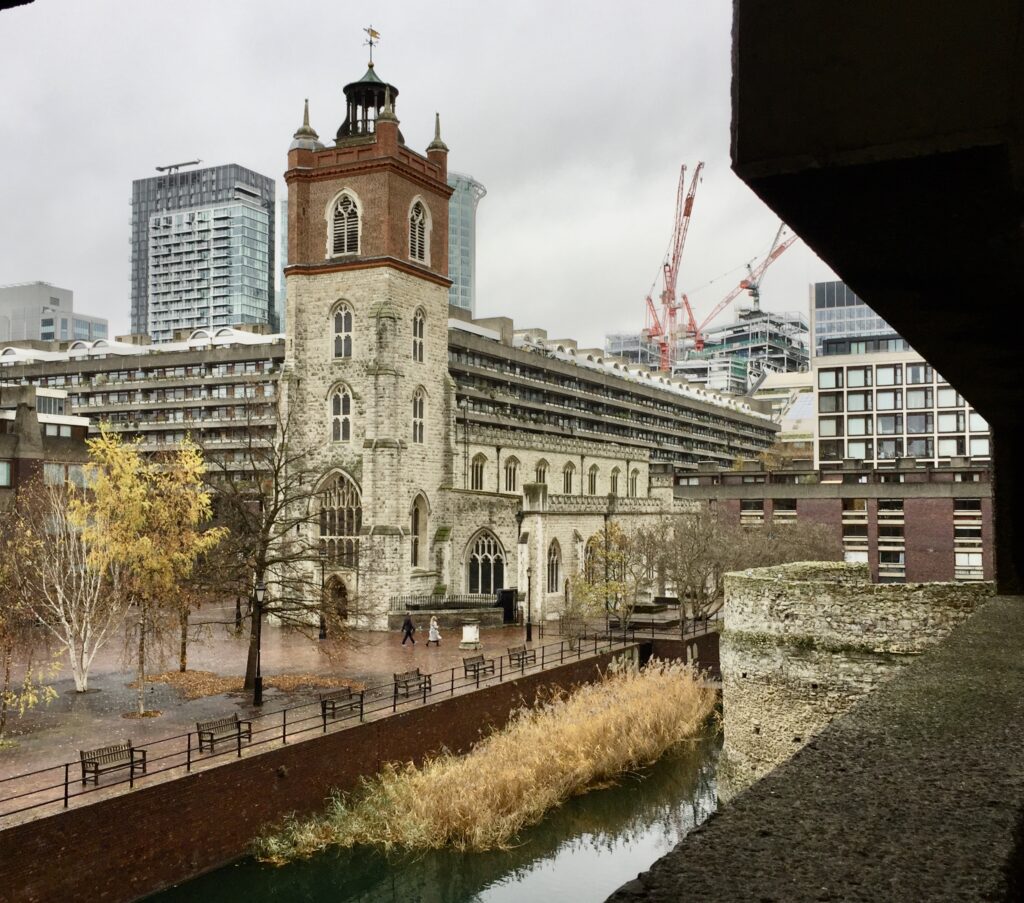
The churchyard and its graves suffered terribly in the Blitz and the old grave stones have been incorporated into low level seating
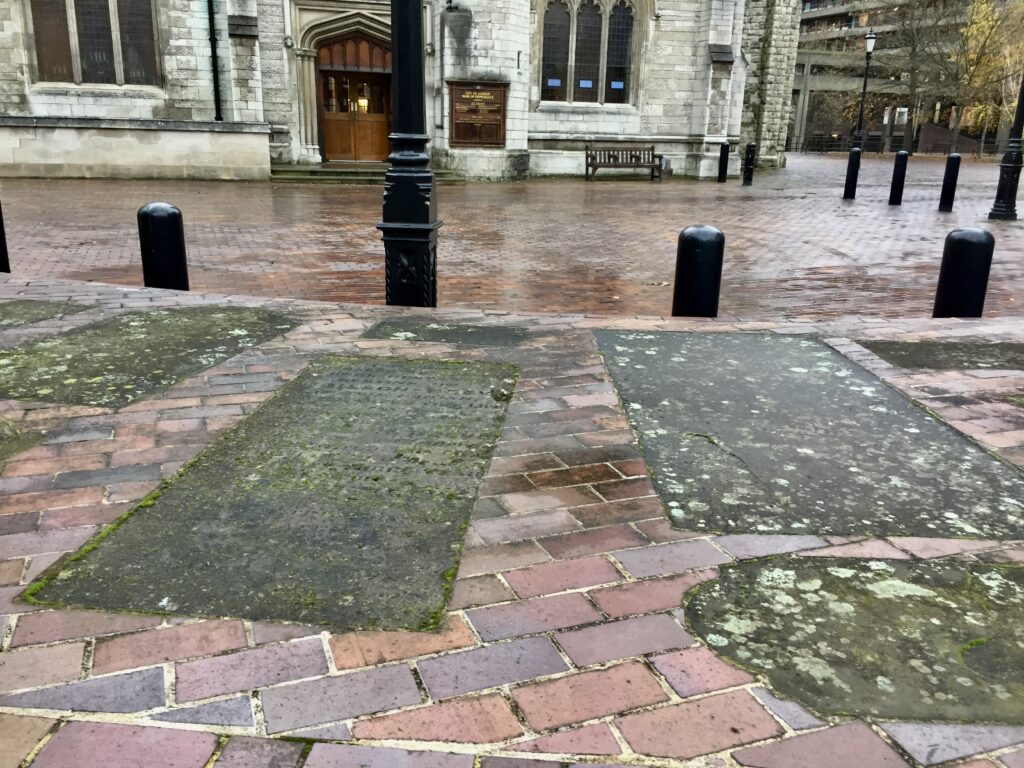
Some inscriptions still just about legible. For example, the deaths in the Williams family, recorded over the years 1802 to 1840, give typical examples of the high incidence of child mortality …
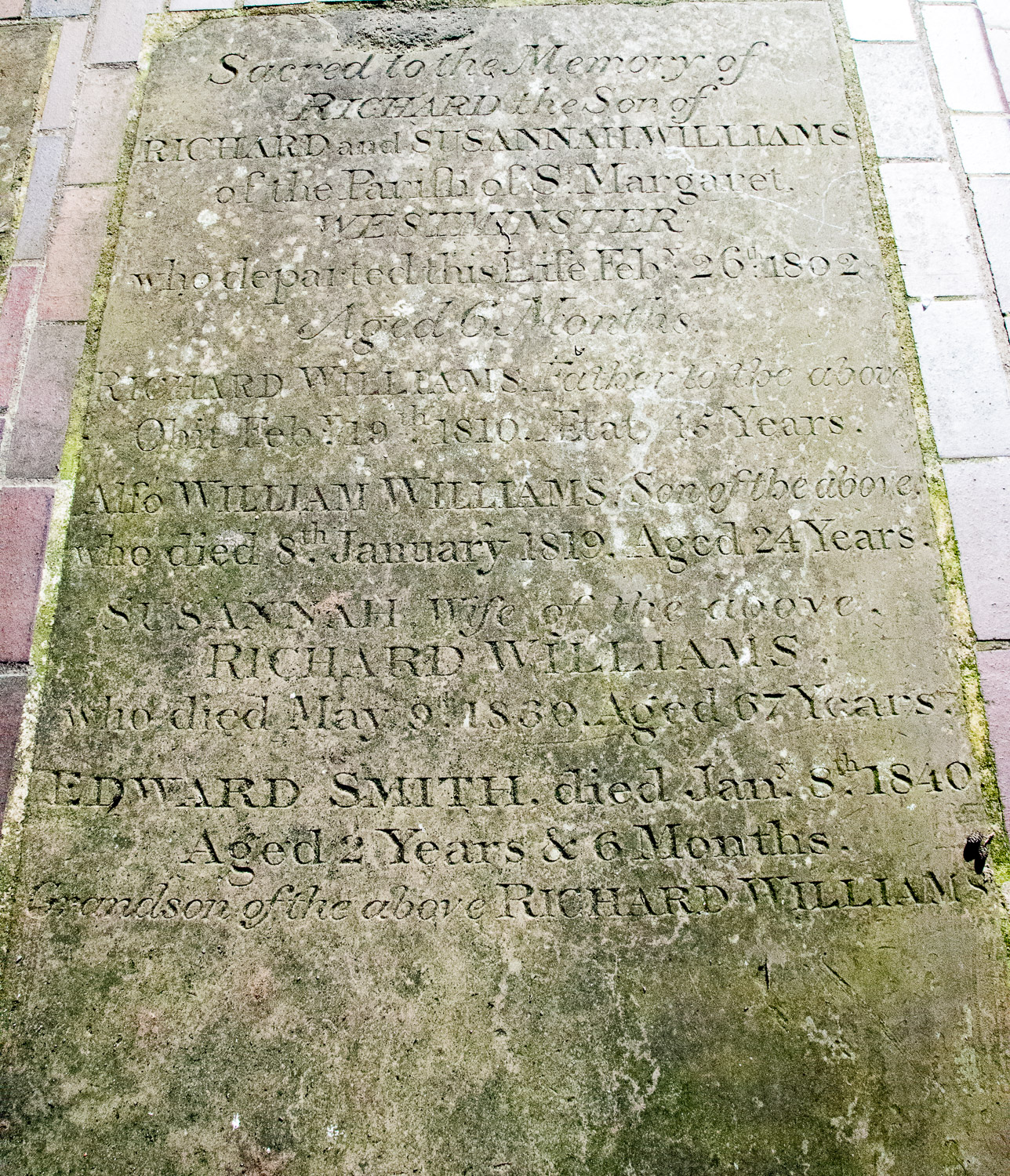
Let’s go inside now and have a look around.
There are a number of modern stained glass windows. In the baptistery is the Cripplegate Window, which celebrates the centenary of the Cripplegate Foundation www.cripplegate.org which gives grants, advice and support to local organisations. The Foundation was formally established in 1891 but its origins lie in gifts made to St Giles’ for the poor and the needy dating back centuries. John Sworder made the first recorded gift in his will, dated 2 April 1500, and the head at the top of the window represents him, the first of the pious donors of the parish that we know by name …
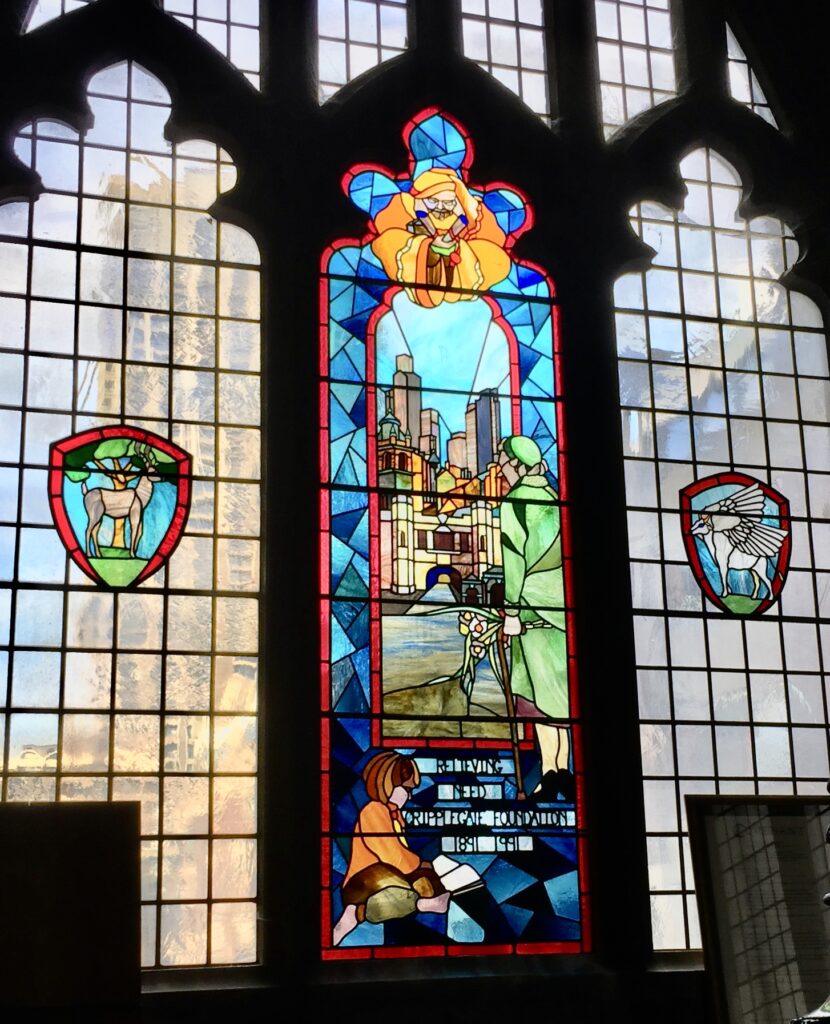
On the north wall is a memorial window to Edward Alleyn, the parish’s generous benefactor. The design is the work of John Lawson of stained glass studio Goddard & Gibbs and depicts Alleyn in the centre, as well as the Fortune Theatre (which he founded), almshouses (which he built in the parish and which were destroyed in the Second World War), and St Luke’s Church, Old Street …
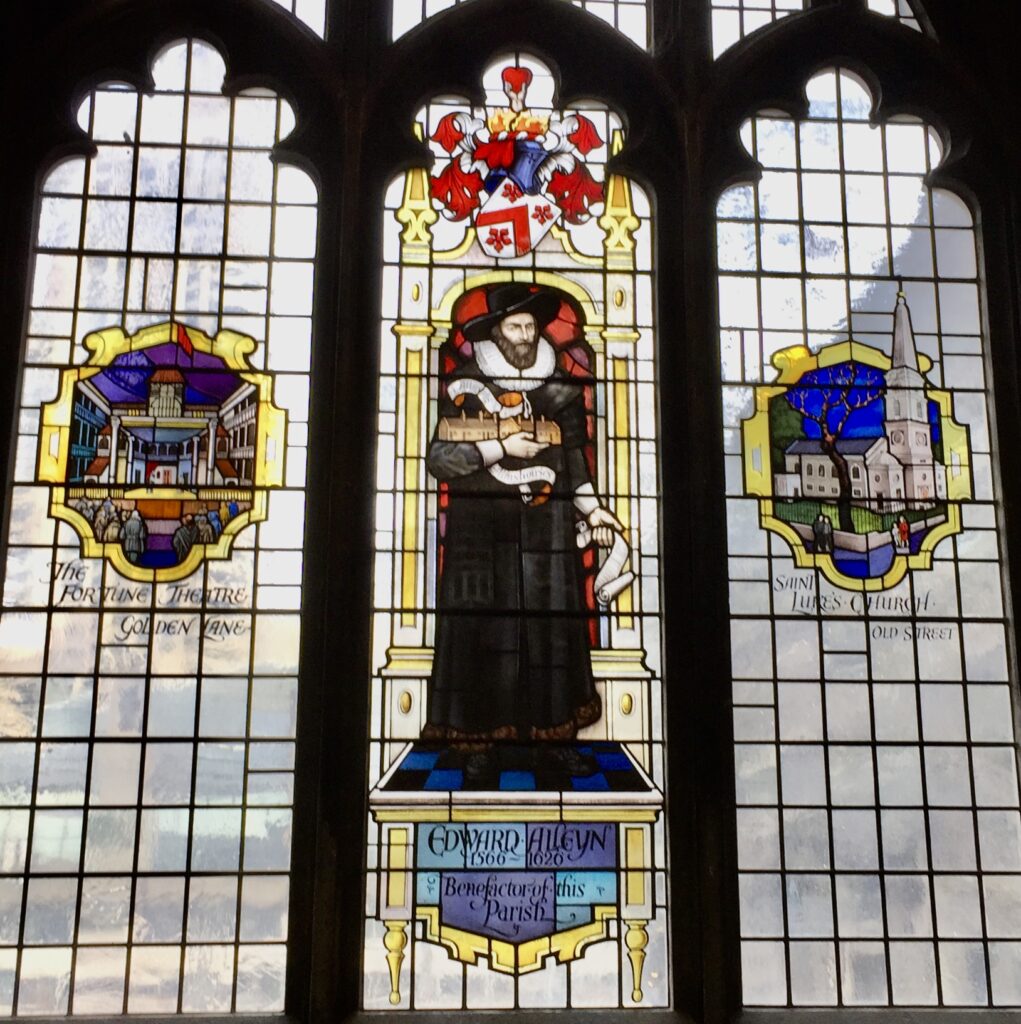
Monuments include one to John Speed. He was born at Farndon in Cheshire in 1552 and followed his father’s trade as a tailor until nearly fifty. He lived in London (probably in Moorfields) and his wife Susanna bore him twelve sons and six daughters! His passion in life, however, was not tailoring; from his early years he was a keen amateur historian and map maker, producing maps for the Queen and the Merchant Tailors Company, of which he was a Freeman. He joined the Society of Antiquaries and in 1597 his interests came to the attention of Sir Fulke Greville, who subsequently gave Speed an allowance for his research. As a reward for his earlier efforts, Queen Elizabeth granted him the use of a room in the Custom House …
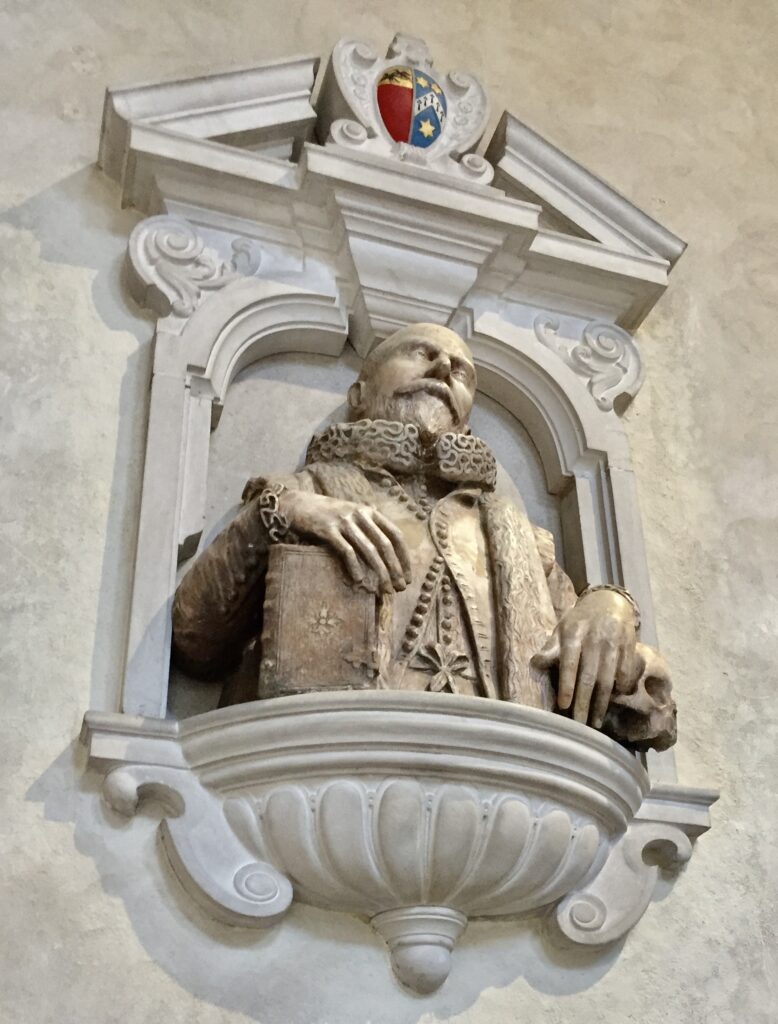
Here’s his map of England (note the Irish Sea, the British Sea and the German Ocean!)…
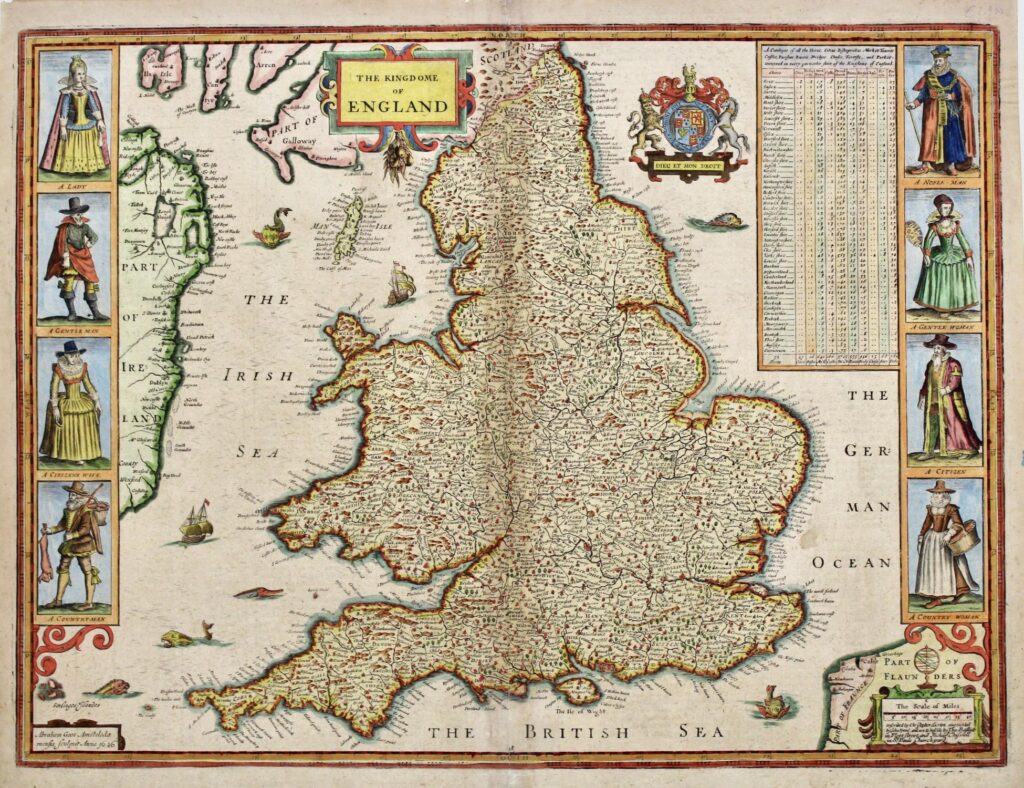
The oldest monument is that of Thomas Busby. A 19th century guide to the church describes him and his memorial as follows …
… a rich cooper who died in 1575. His painted figure shows him in a black coat, his face full of benevolence, and his epitaph tells us that he gave the poor of Cripplegate every year four loads of the best charcoal and 40 dozen loaves.
Alas the Blitz ensured that only his bust with its benevolent face remains …
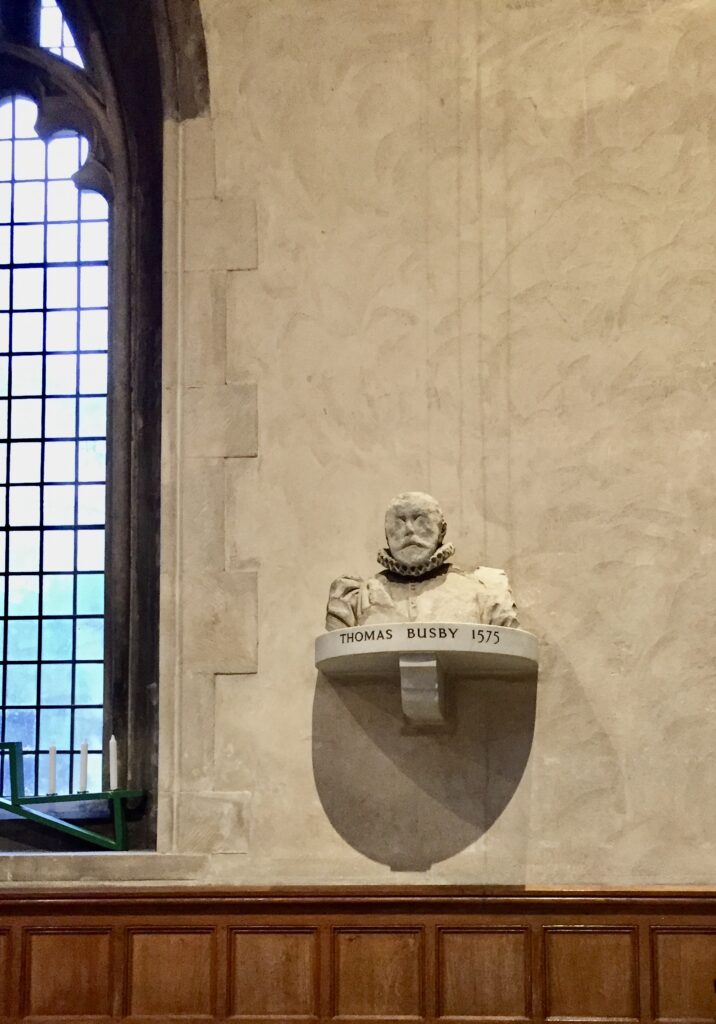
In the main body of the church, attached to a pillar on the right, is a sword rest, replacing one destroyed during the Second World War. Its function is to house the ceremonial swords carried on state occasions. This one contains the coats-of-arms of the five Aldermen of Cripplegate who became Lord Mayors of London, including Sir John Baddeley, Sir Peter Studd and Sir Allan Davis …
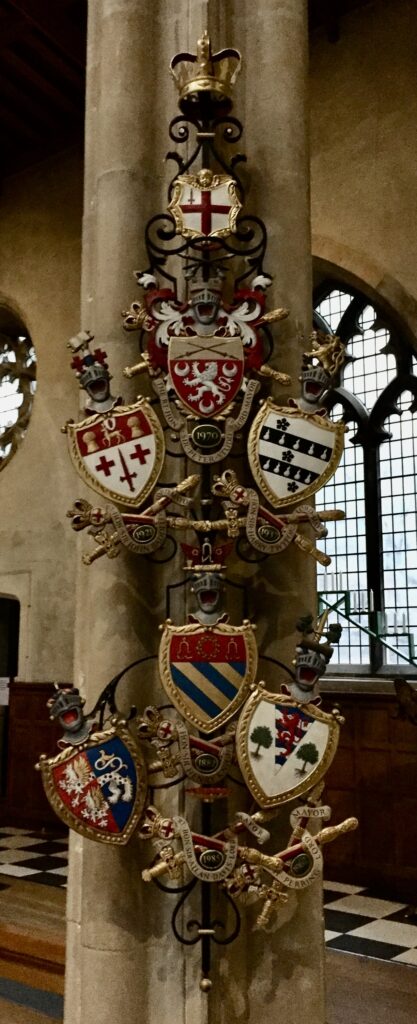
Nearby there is also a lovely 19th century brass lectern created in memory of Lancelot Andrewes …..
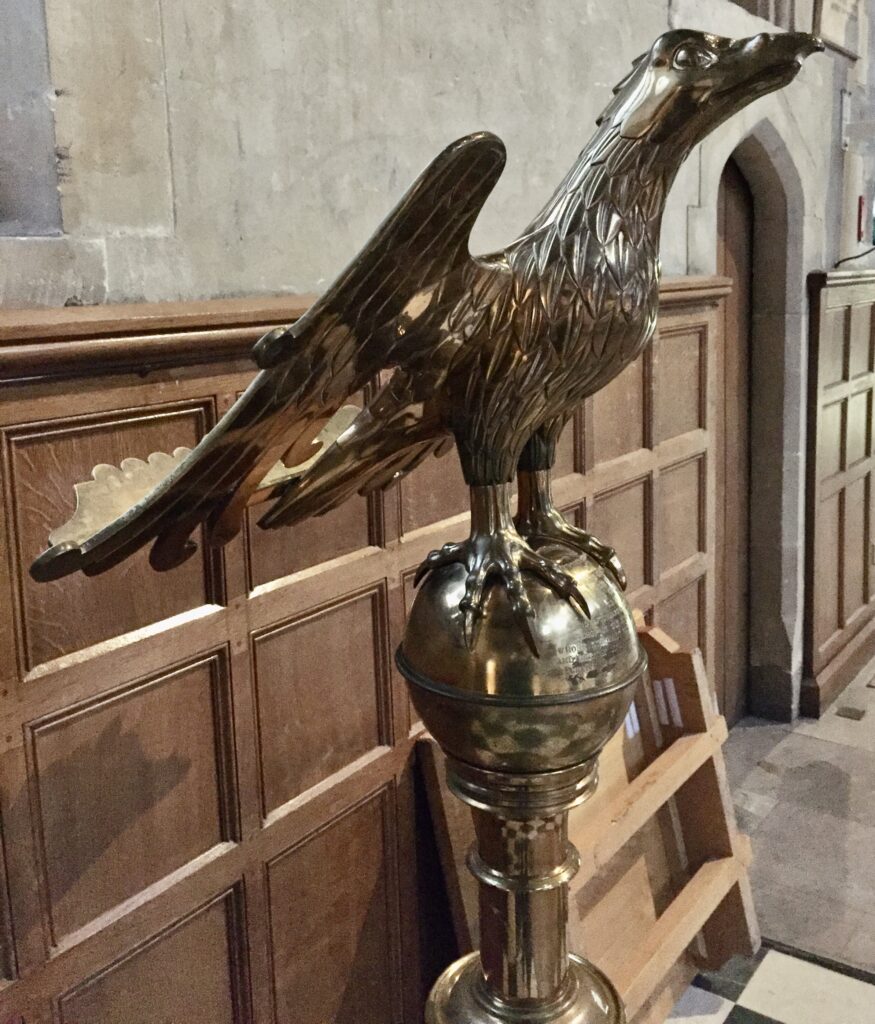
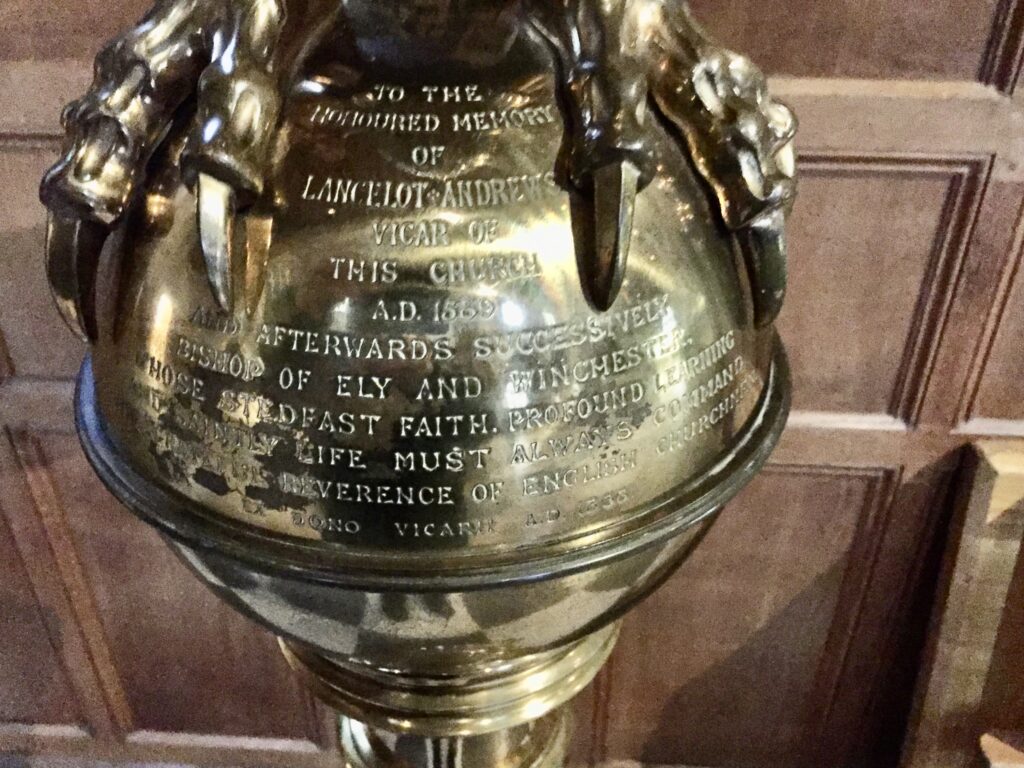
The East Window was designed by Gerald Smith of the Nicholson Studios, a London-based stained glass studio, which made the window in 1960. The firm’s output covered the years of restoration following both World Wars.
The work follows the pattern of the medieval window, of which traces came to light as a result of war damage. The design incorporates many figures of historical significance to the church, as well as the instruments of the crucifixion at the top …
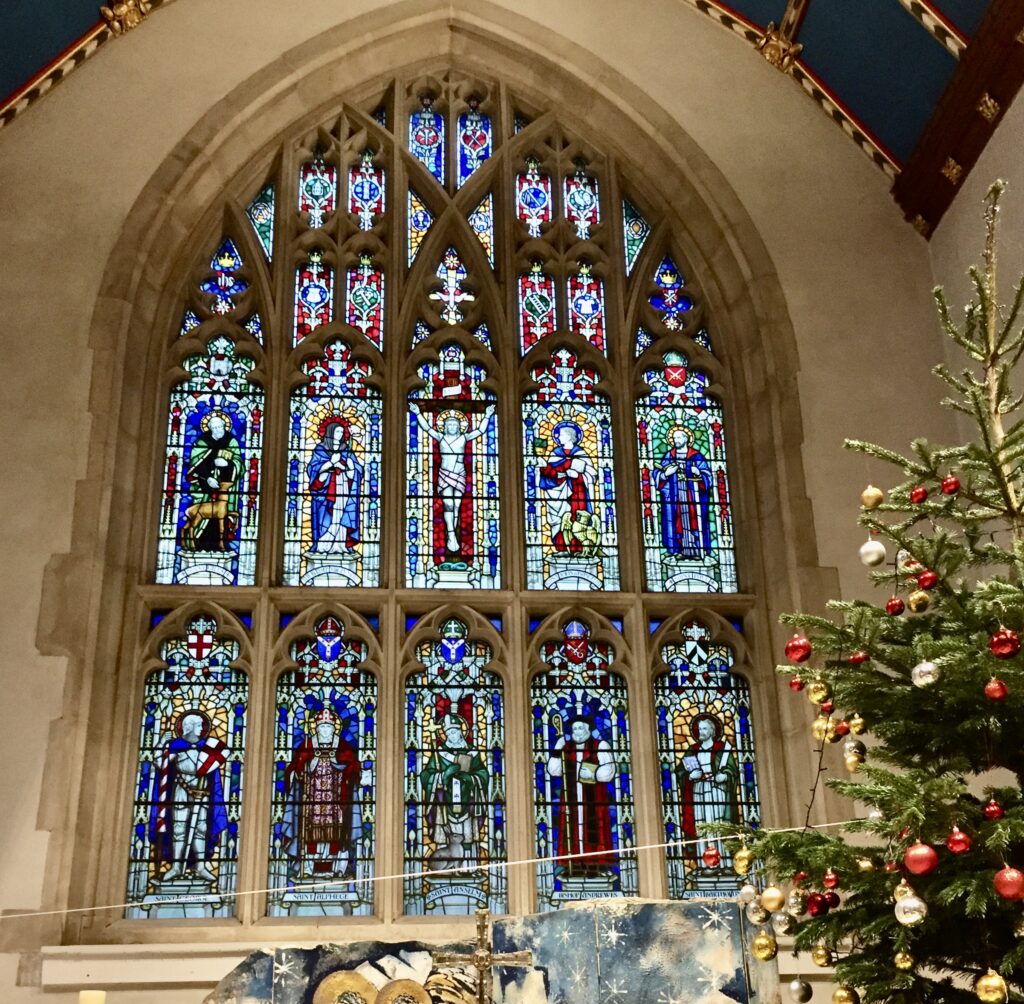
St Giles is there, of course. He is traditionally depicted with a hind and there are various stories as to why that should be so. According to a 10th-century biography, Giles was an Athenian from a wealthy family who gave away his inherited wealth, fled to France and made himself a hermitage in a forest near the mouth of the Rhone, where, we are told, he lived on herbs and the milk of a hind. This retreat was finally discovered by the hunters of the King of the Franks, who had pursued the hind to its place of refuge. An arrow shot at the deer wounded Giles instead, as he put out his hand to protect the deer and was himself speared by the arrow …
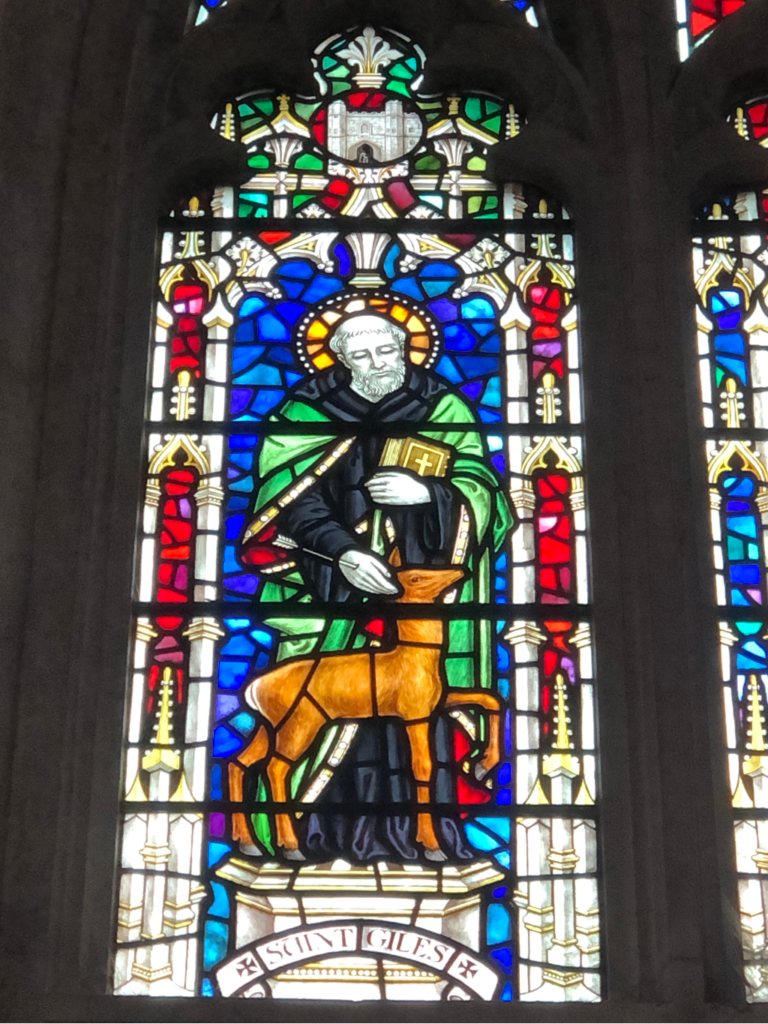
Part of the medieval church can be still be seen on the right of the window, where it has been deliberately exposed for visitors to see. Here is the sedilia, where the priests sat, and the piscine, used for washing communion vessels. The tiles in the arch here are of Roman origin …
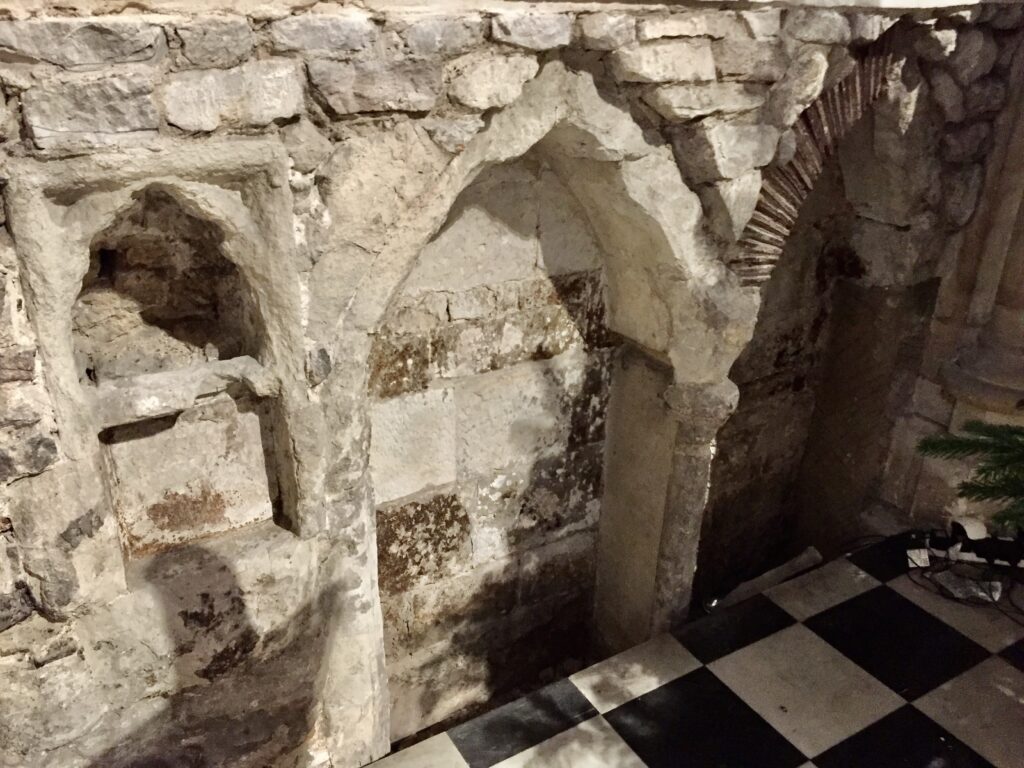
The Roman tiles …
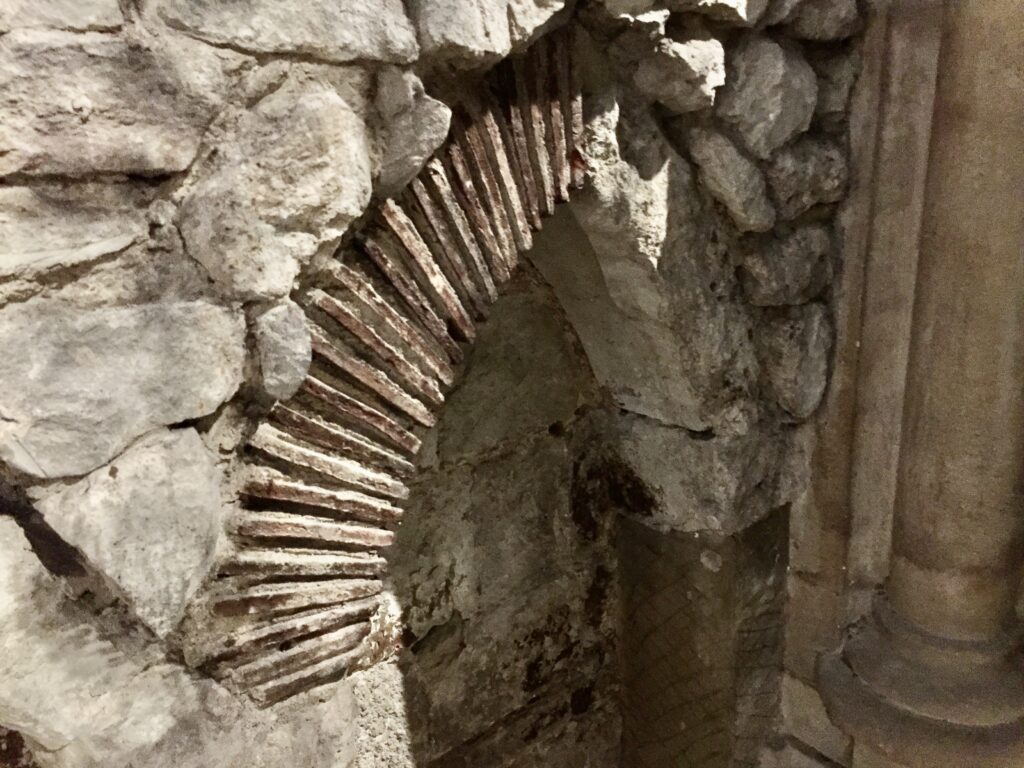
The west window was designed by the Faircraft Studios and installed in 1968. In the centre is the coat-of-arms of the City of London, which is flanked on its left by the coat-of-arms of the Archbishop of Canterbury, and on its right by that of the Bishop of London. In the lower frame, from left to right, are the coats-of-arms of Robert Glover, Somerset Herald of Arms in the reign of Henry VIII, who was buried in the church; of John Milton; of the Earls of Bridgewater; Oliver Cromwell, and Sir Martin Frobisher. There were ten Earls of Bridgewater and three Earls of Kent buried in the church …
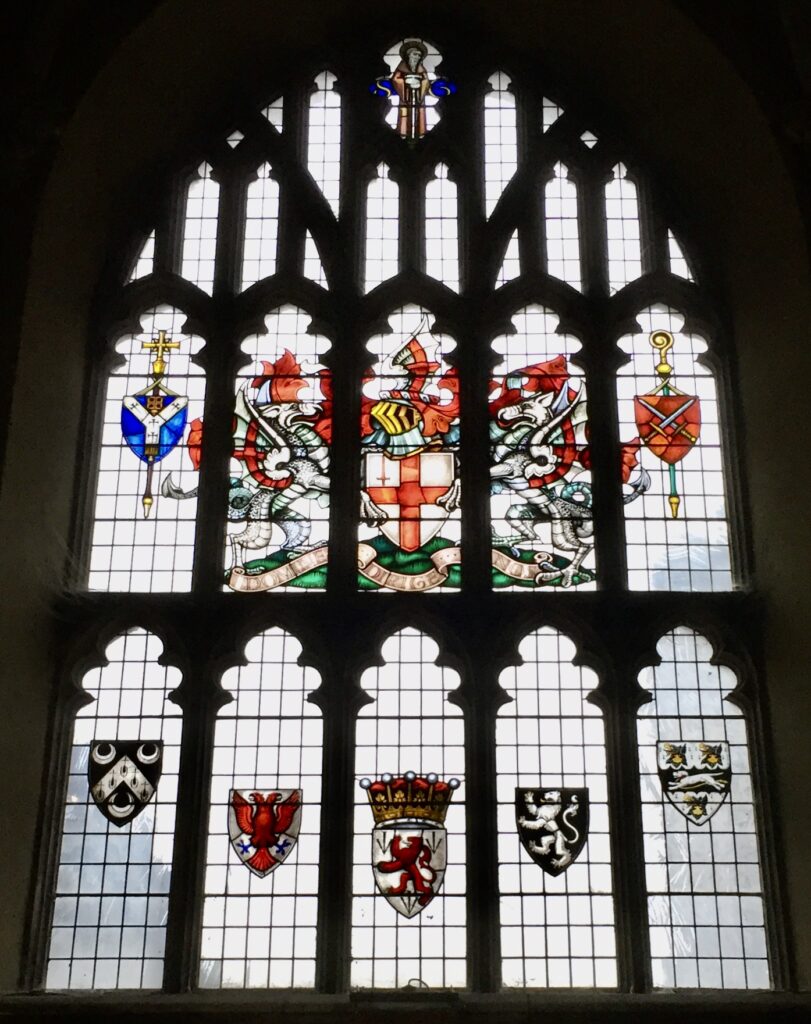
Nearby is this plaque dedicated to a pair of twins ‘respected and beloved by all who knew them’ …
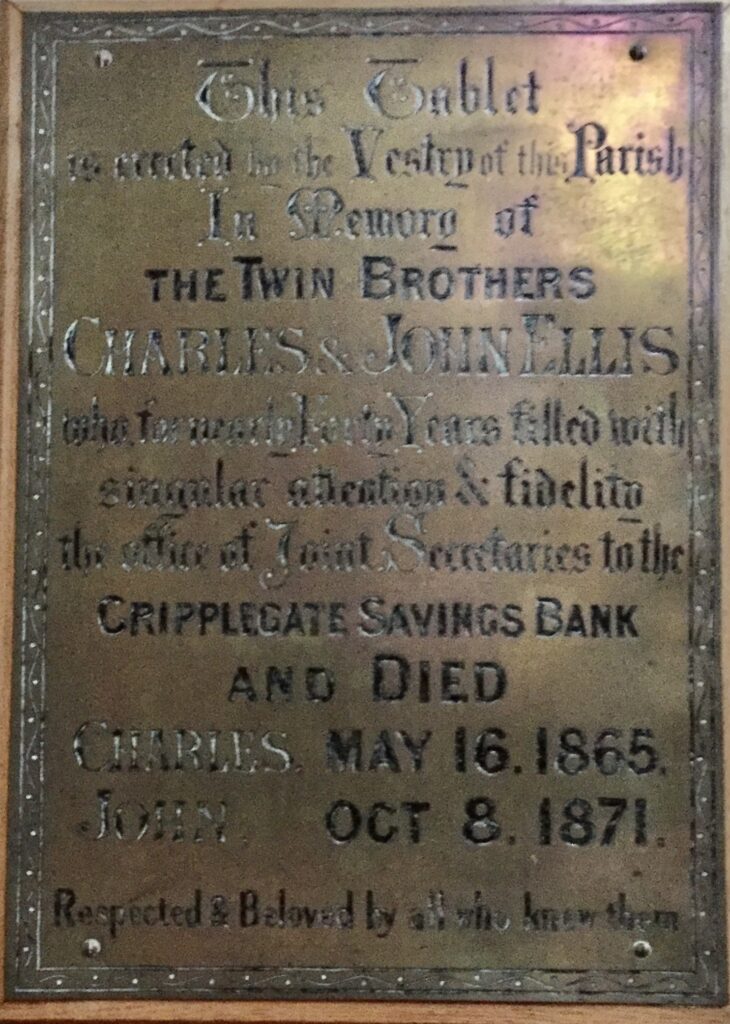
They were joint secretaries to the Cripplegate Savings Bank …
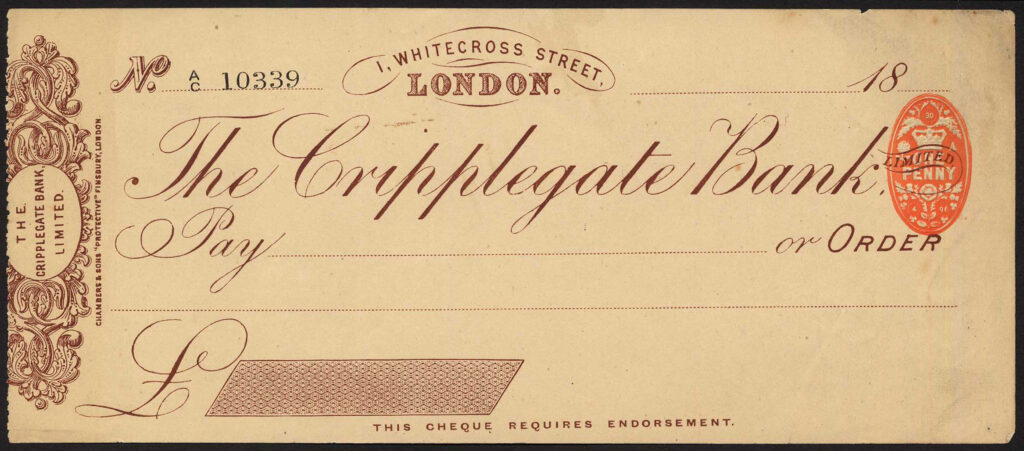
Established in 1819, it became the Cripplegate Bank Limited in 1879. Renamed again in 1900 as London, Commercial & Cripplegate Bank Ltd it was acquired by the Union Bank of London Limited later in the same year (and was eventually swallowed up by NatWest).
As you leave you can say ‘goodbye’ to St Giles. He’s just above the north door, hind at his side. You can also see the scorch marks from the incendiary bombs dropped during the Blitz when even the stone caught fire …
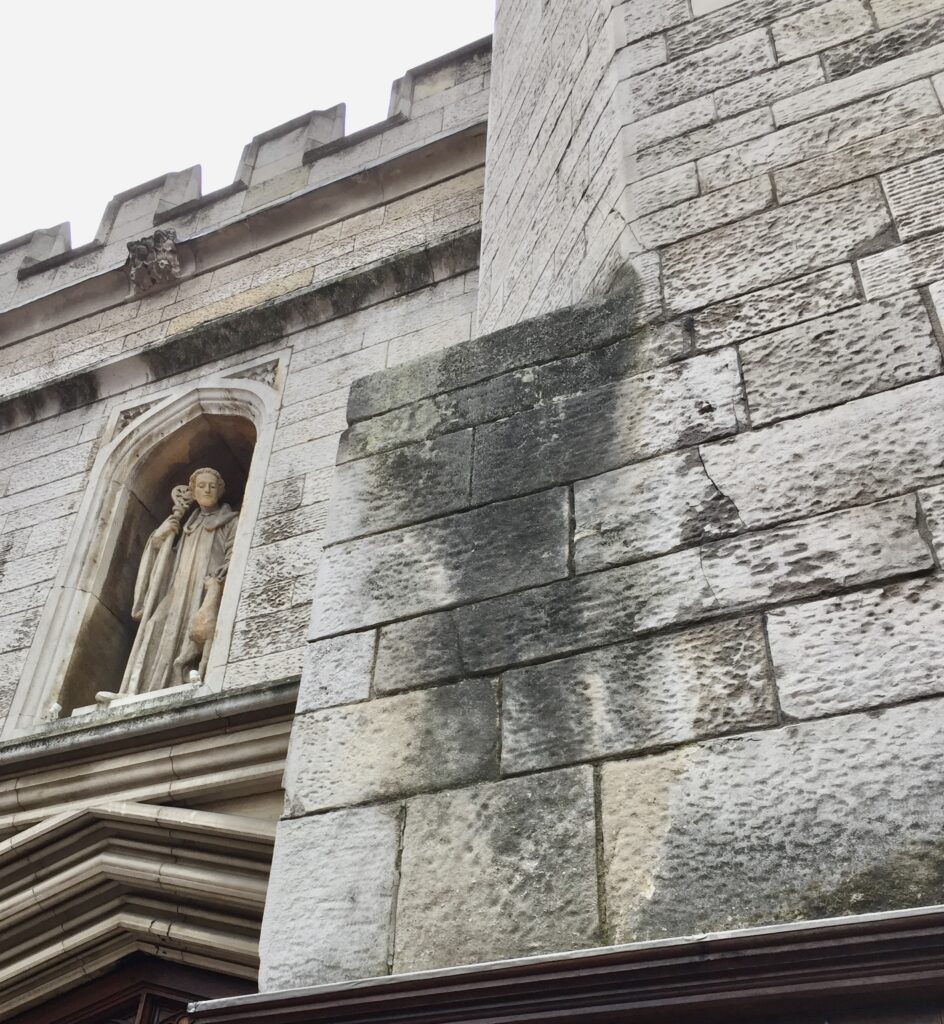
He is depicted with a crutch, as it is thought he was lame …
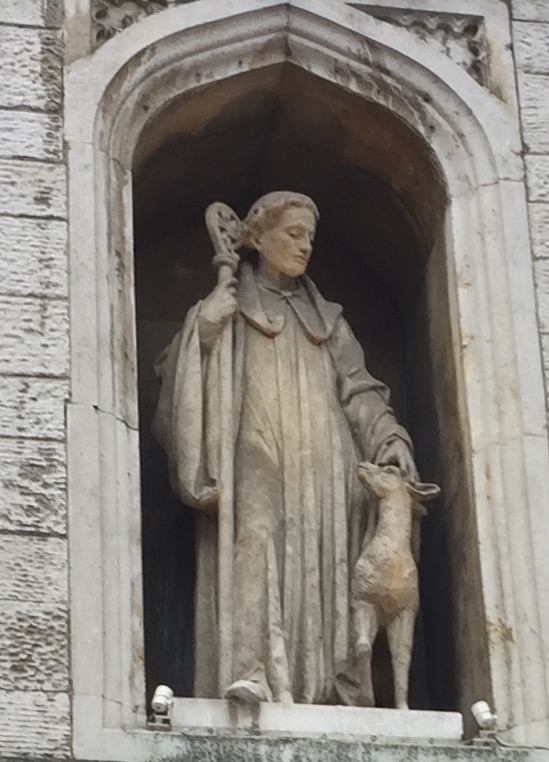
I am indebted to the really helpful History section of the St Giles website for much of the blog. I strongly recommend you visit it, if only to watch the fascinating YouTube film of the City ruins in 1956.
If you walk around to the south side of the church you will see this odd commemorative stone …
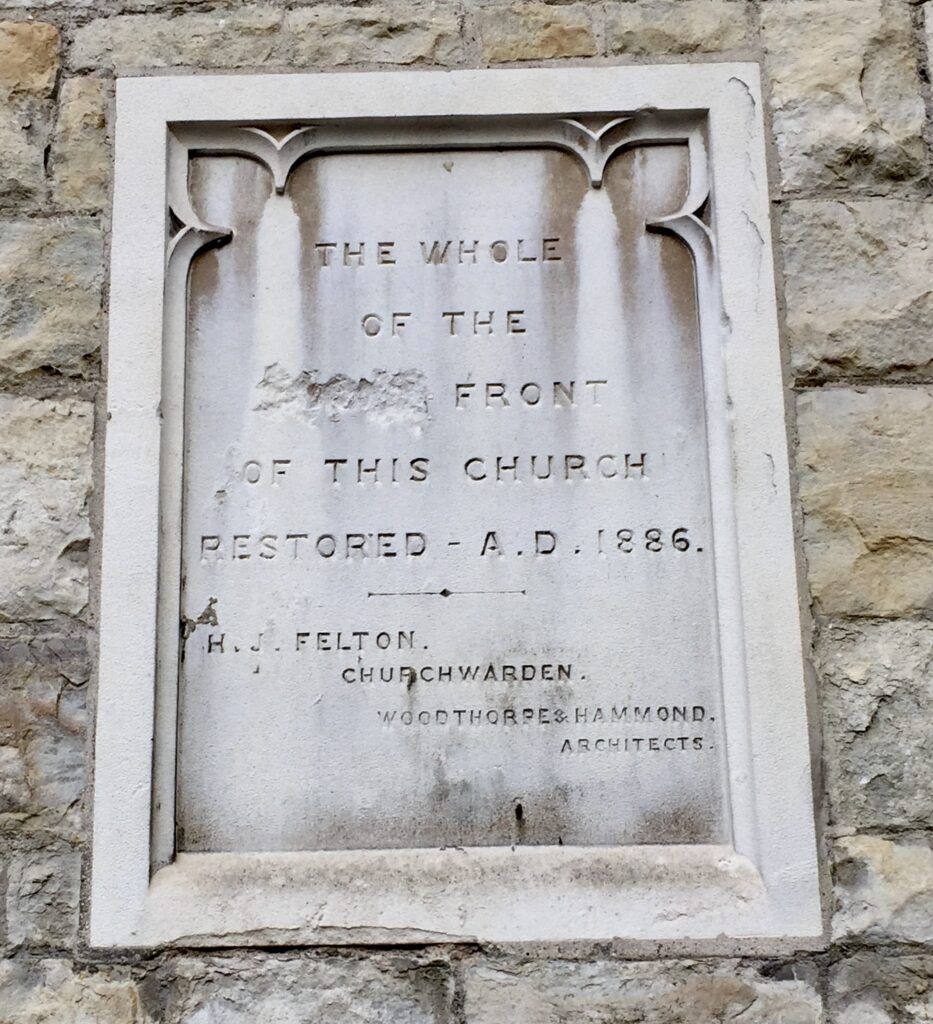
What was the mistake that had to be erased? Maybe it originally referred to the ‘west’ or ‘east’ front when it should correctly have referred to ‘the front’!
If you would like to follow me on Instagram here is the link …
